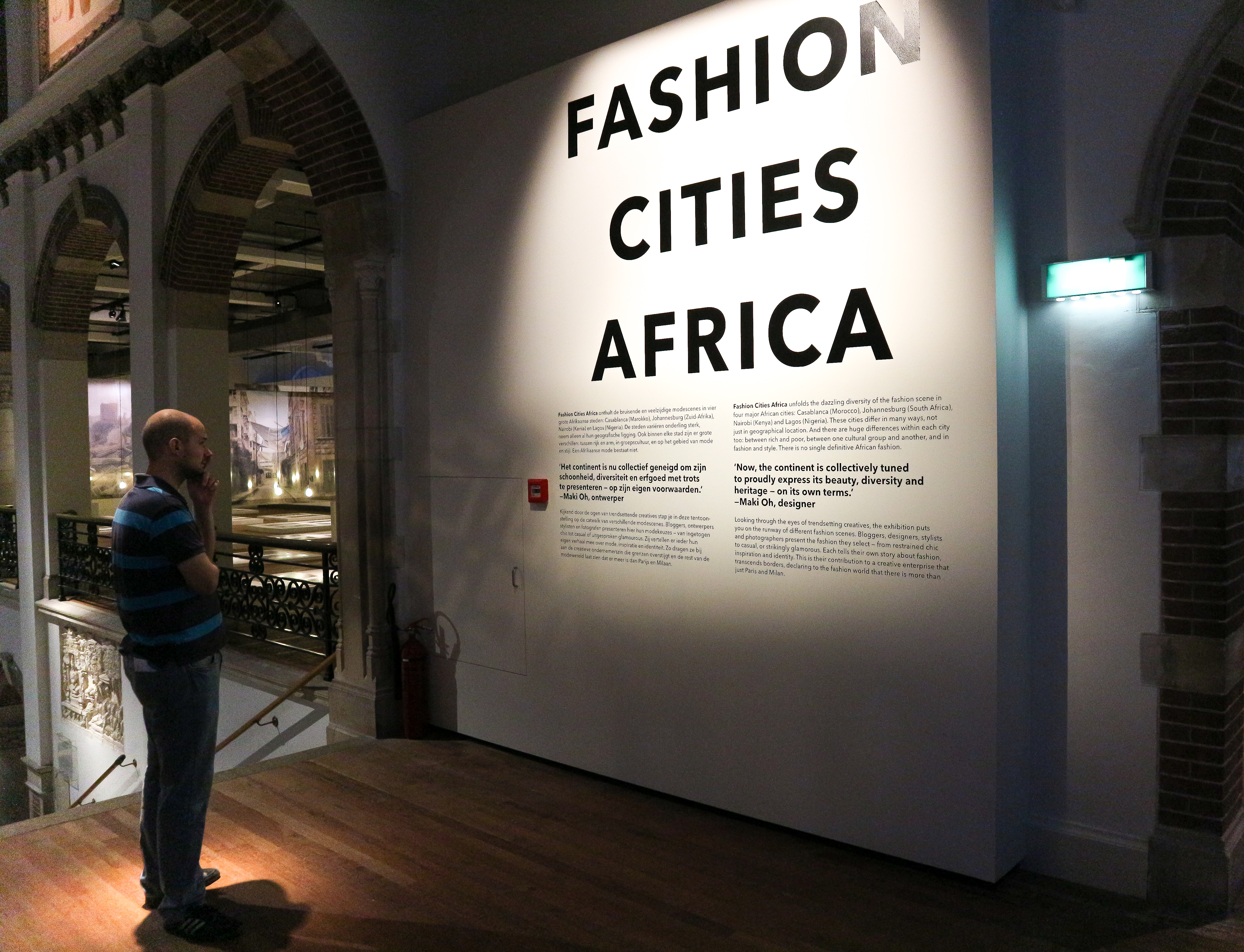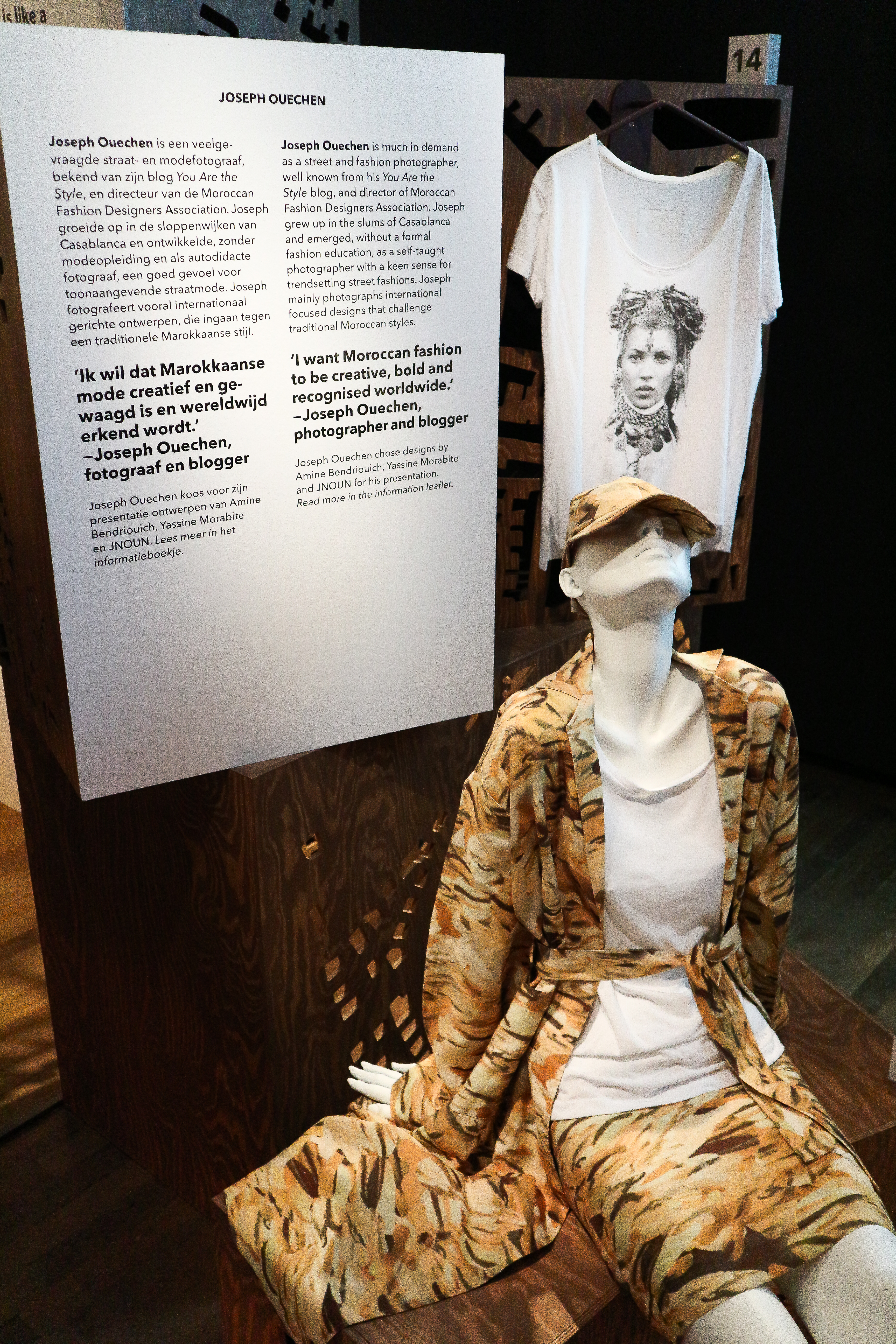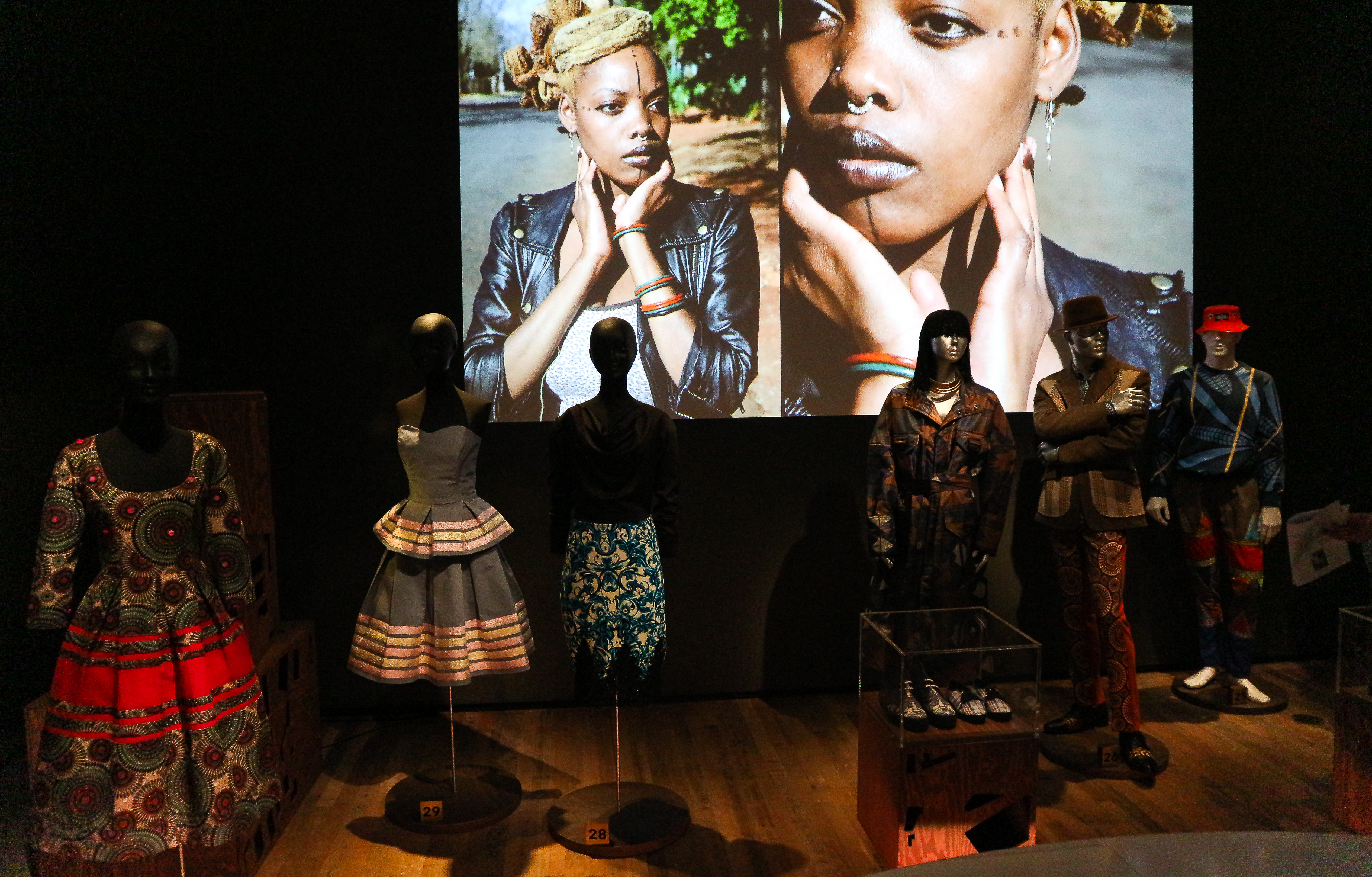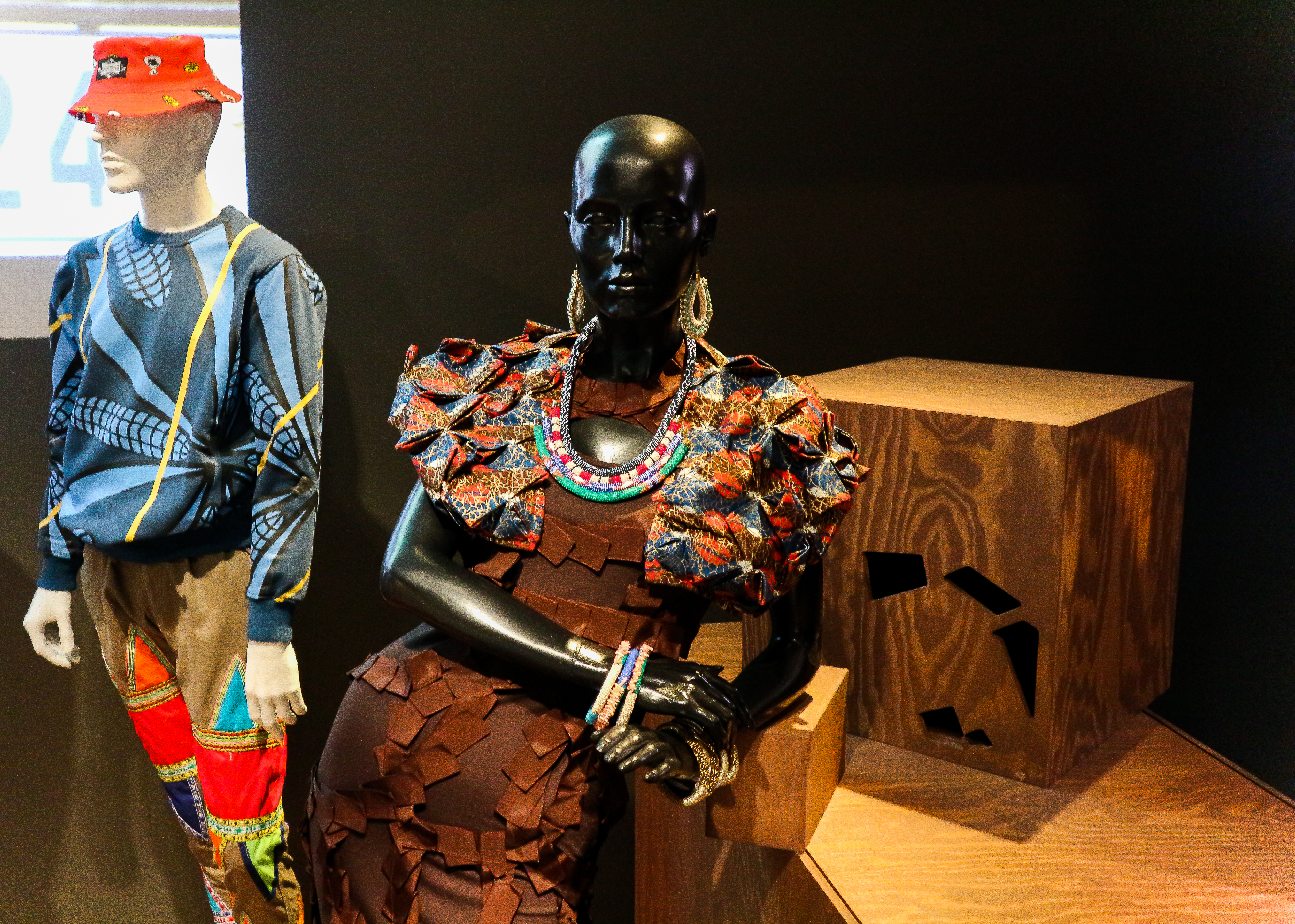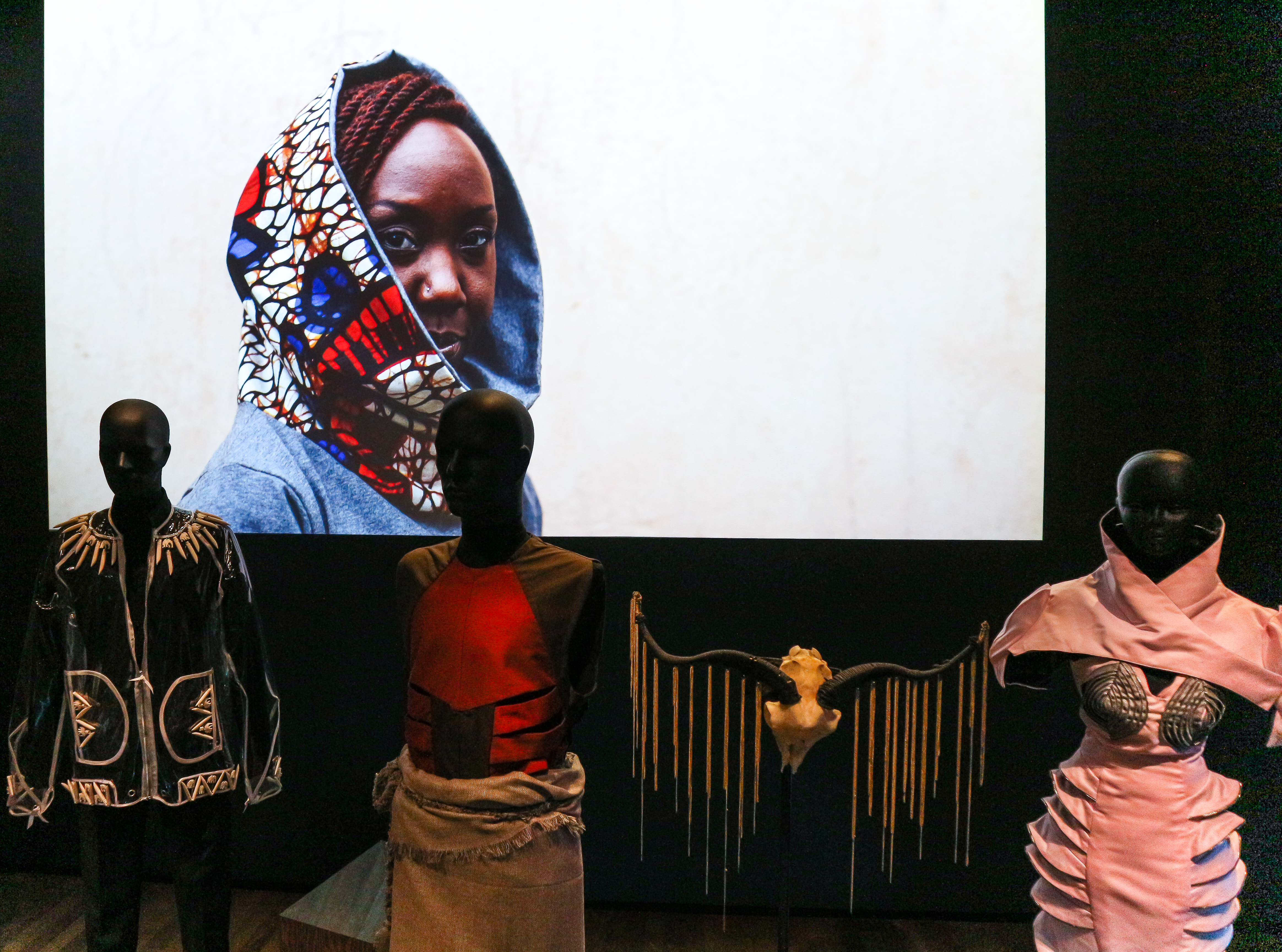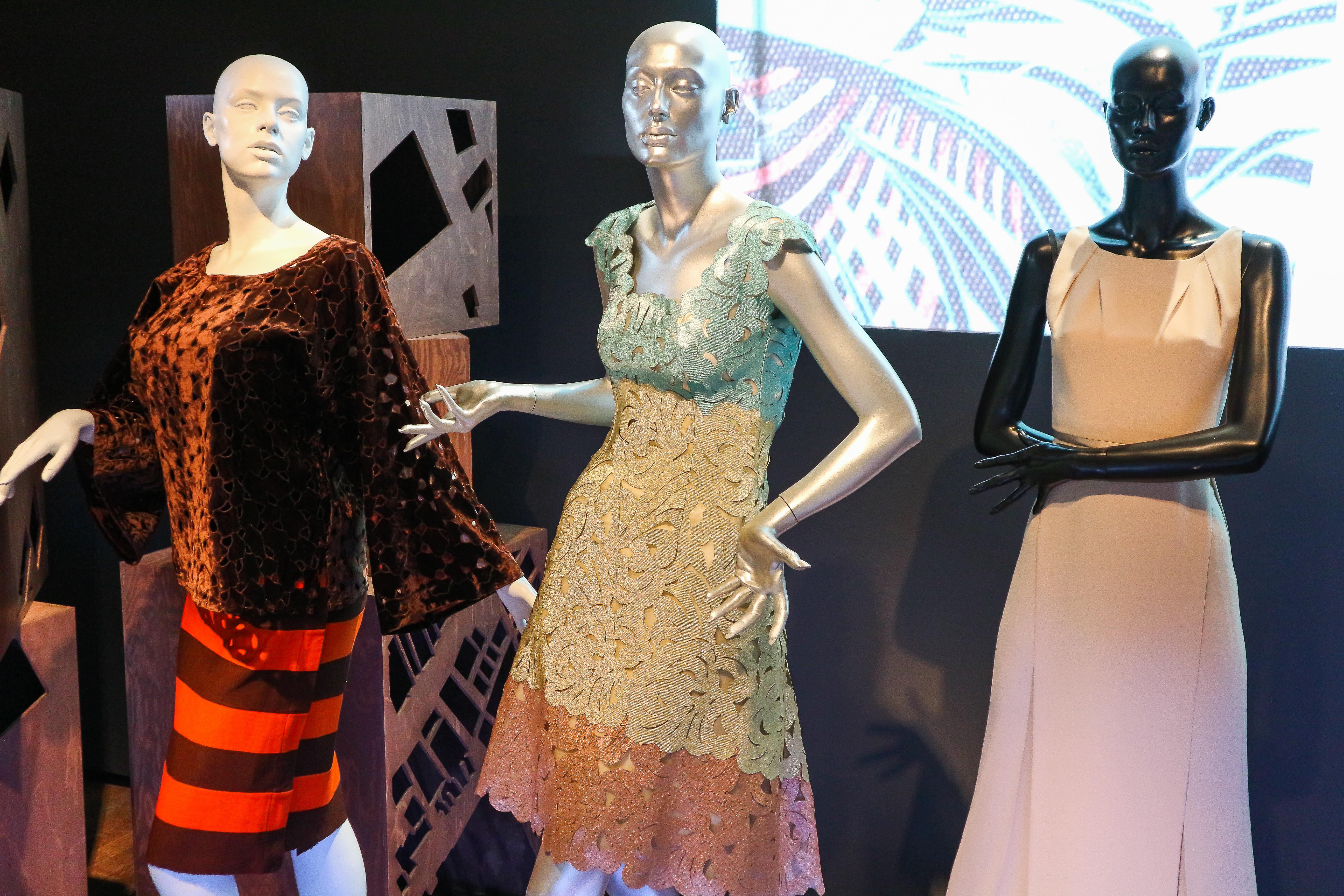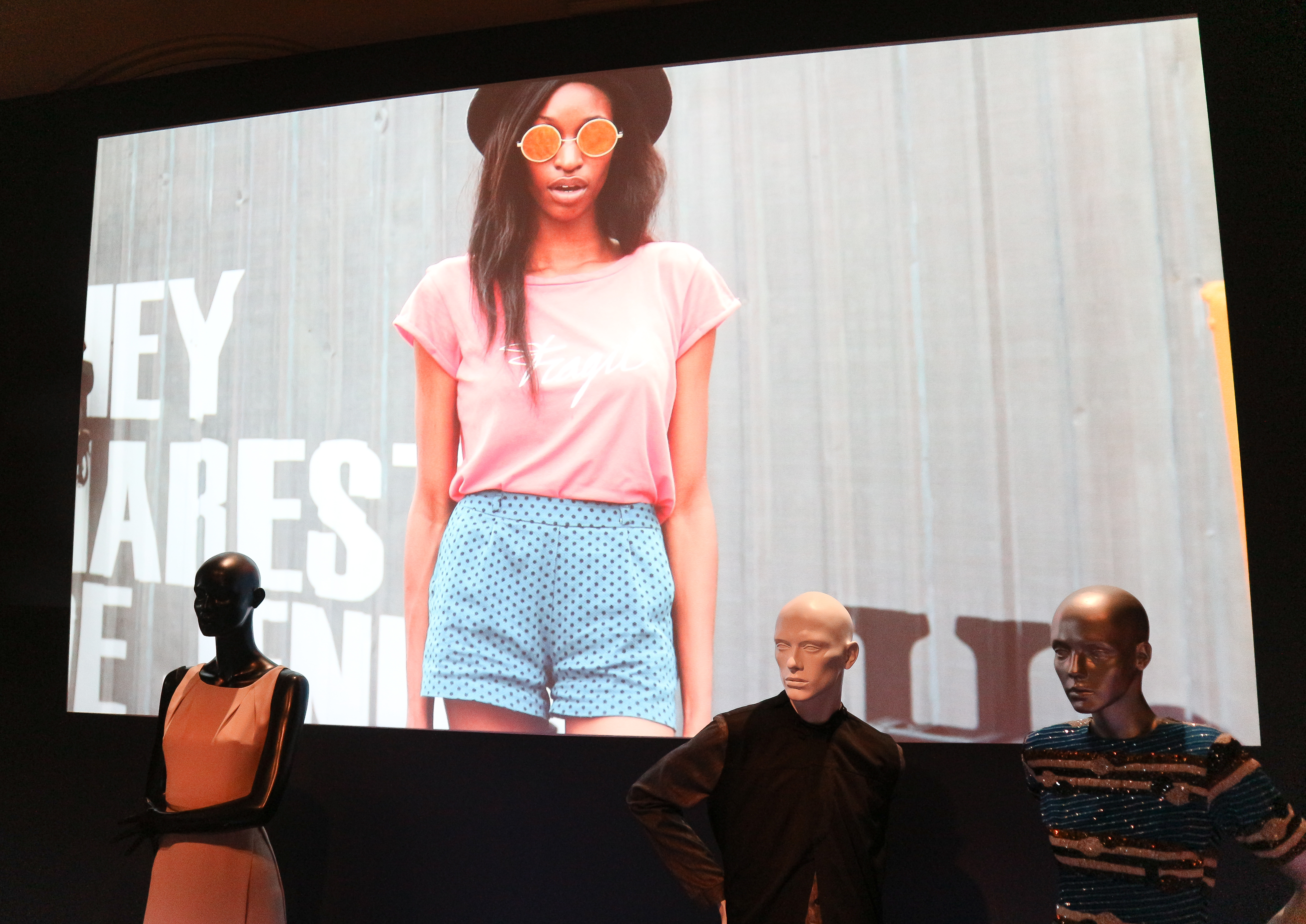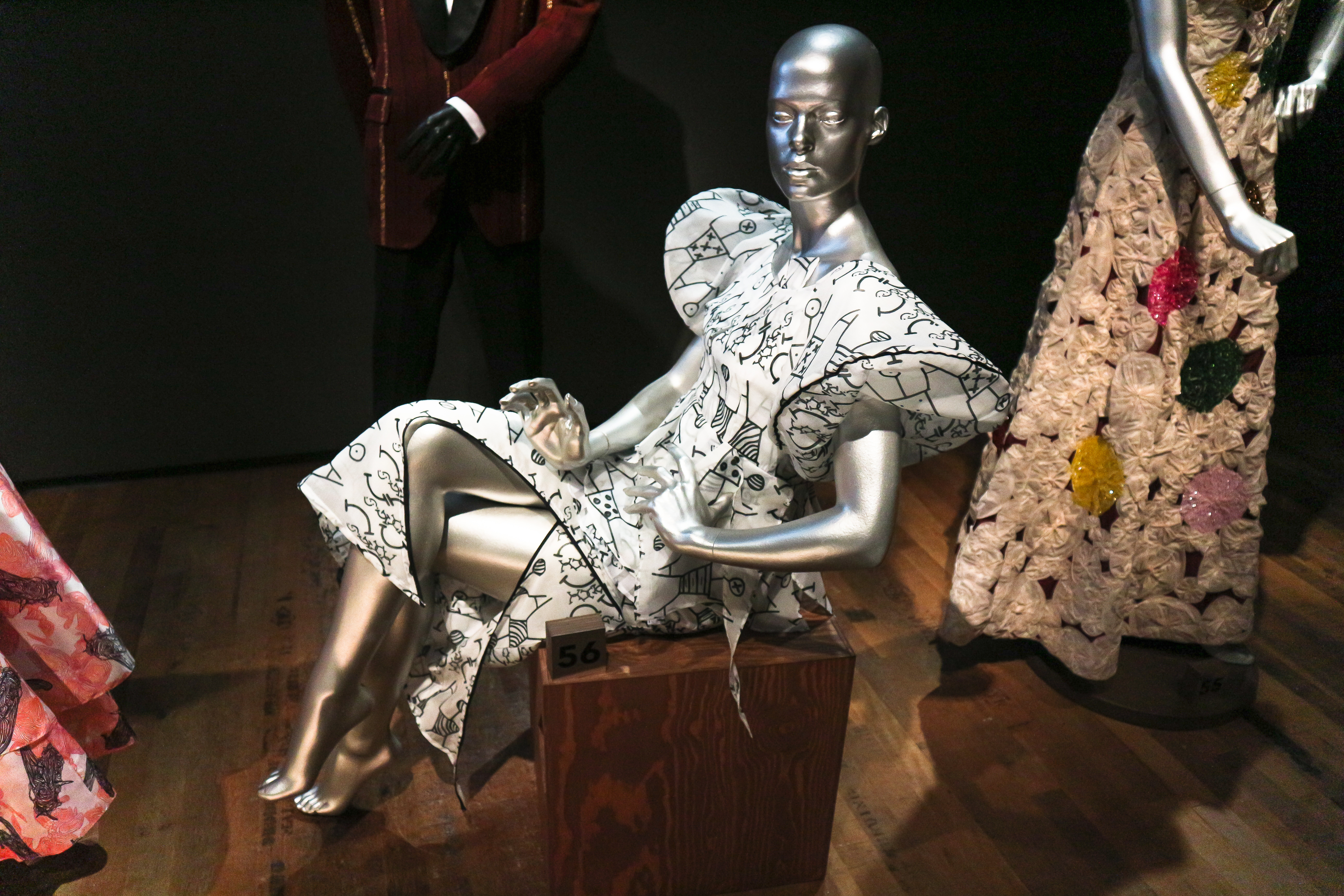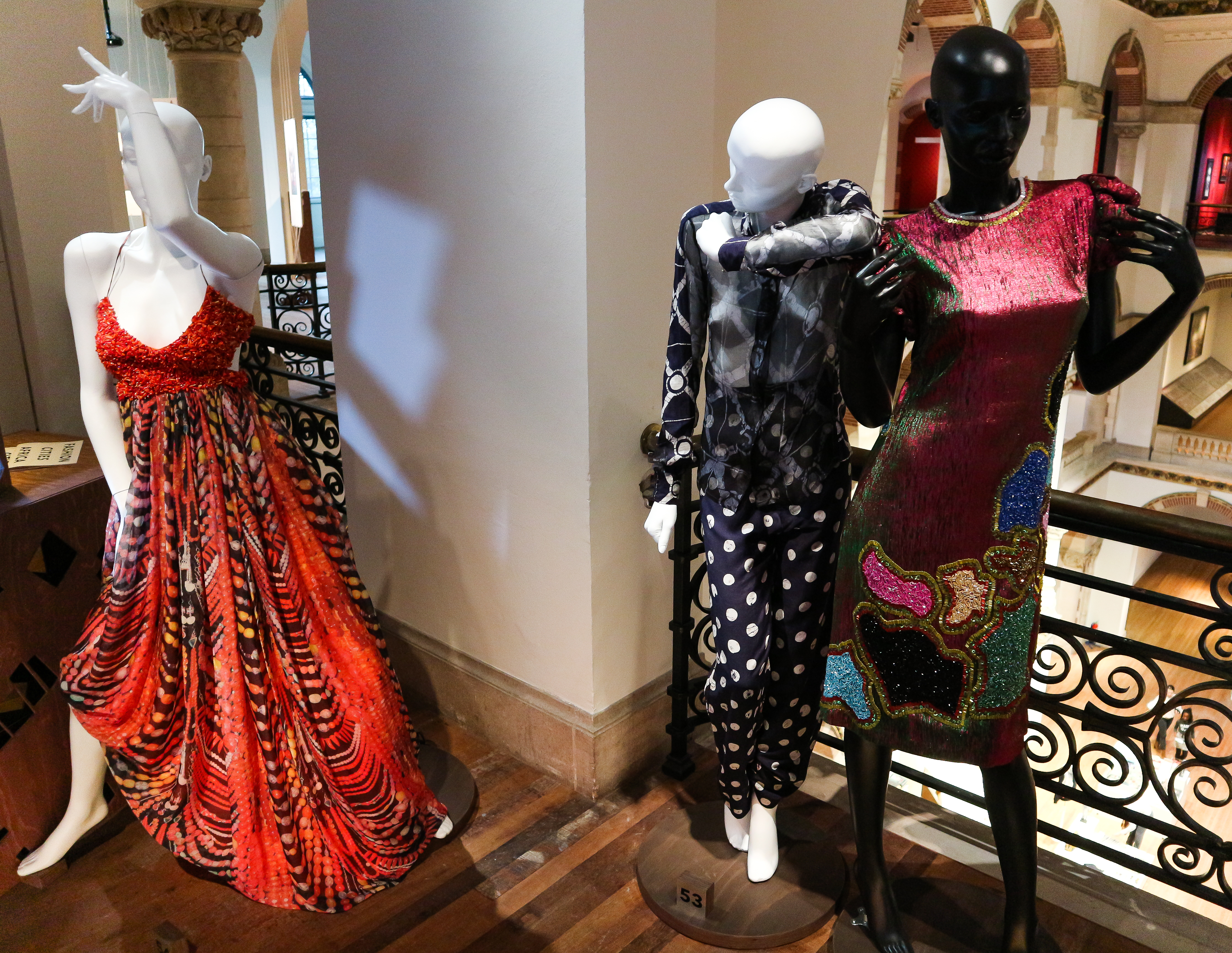Which is the first thing that comes to your mind when you hear African Fashion? From my experience, unfortunately an important part of the general public doesn’t know that there is such thing, while in the worst case scenario, there are others that still think of Africans as naked, walking around without any clothing.
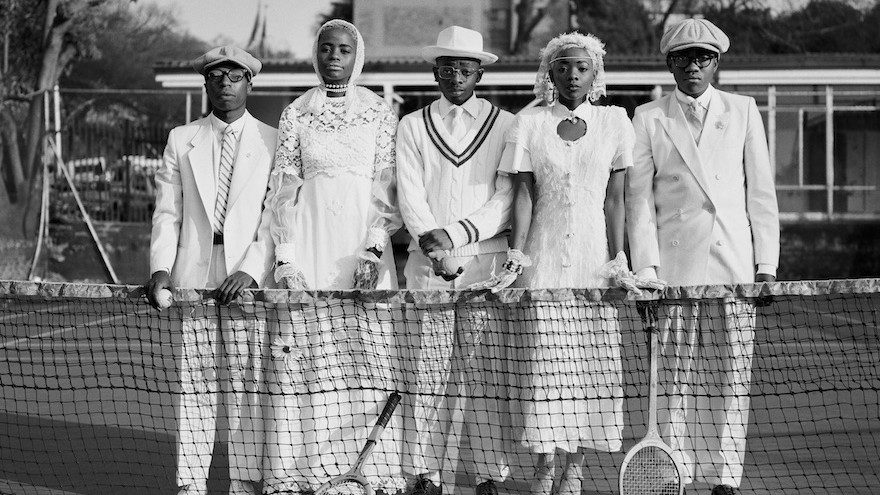
This is 2017 though, thus Africa’s clothing culture and fashion industry cannot be left unseen or misinterpreted, especially when a young generation of African designers showcase exceptional work and sets new trends into today’s fashion industry worldwide.
It is actually quite a challenge to trace the roots of African fashion since it dates back centuries ago. To be more precise, the history of African fashion goes back 75,000 years. Although tracking the evolution of African style can be difficult, ancient art give us hints about the textiles and techniques used.
Egyptian art suggests that flax weaving began in 5.000 BC while there are also hieroglyphics as old as 3.000 BC that show drawings of looms. Moreover, pyramids, sculptures and hieroglyphs present Egyptians clothed, with their neighbors to the south, the Nubians, having a flourishing textile industry as can be found on various images of pyramids at Meroë, as well as images of great queen Amanishakheto and pharaoh Piye. Later on, as various civilizations flourished throughout Africa, cotton became there a much more commonly used clothing material.
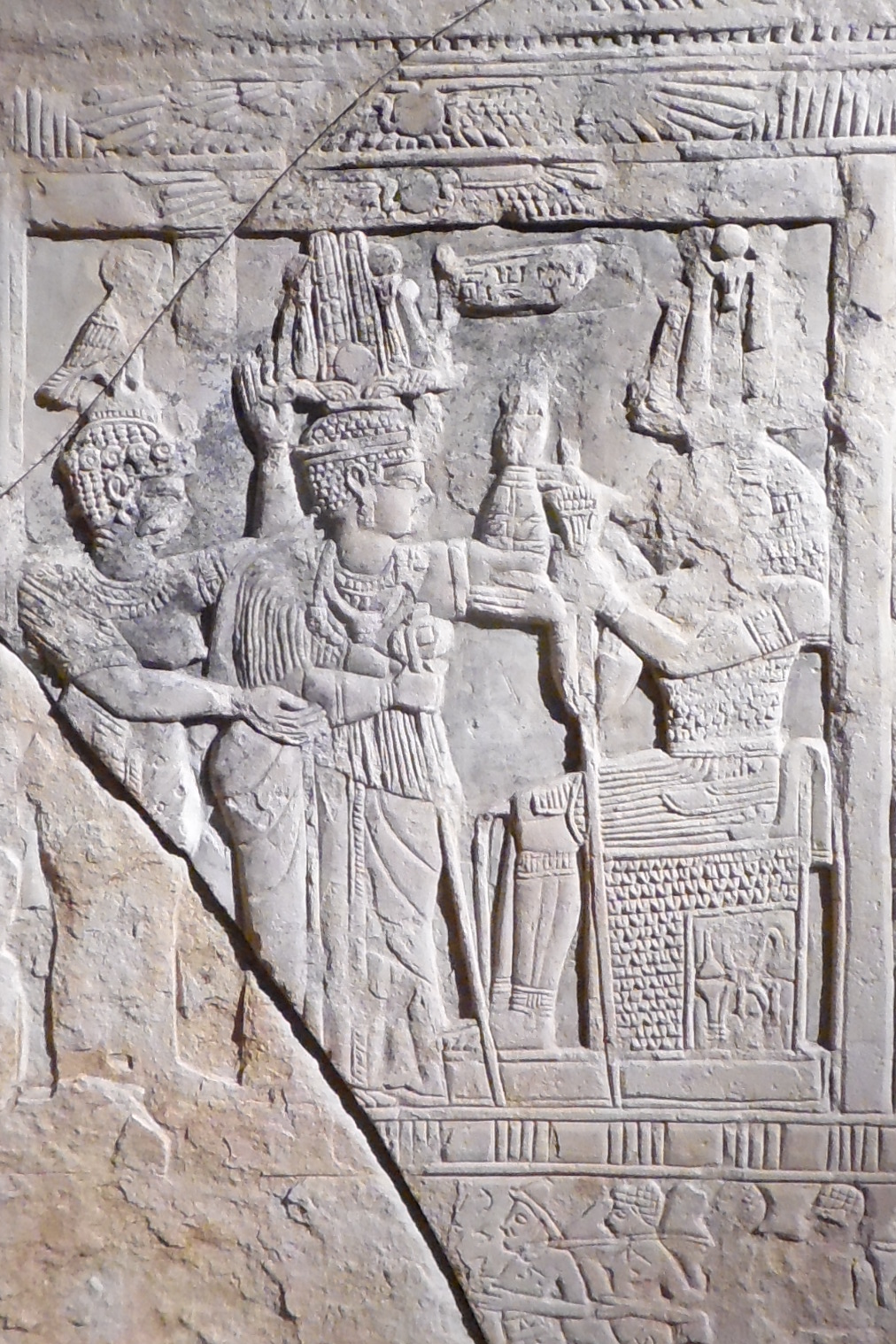
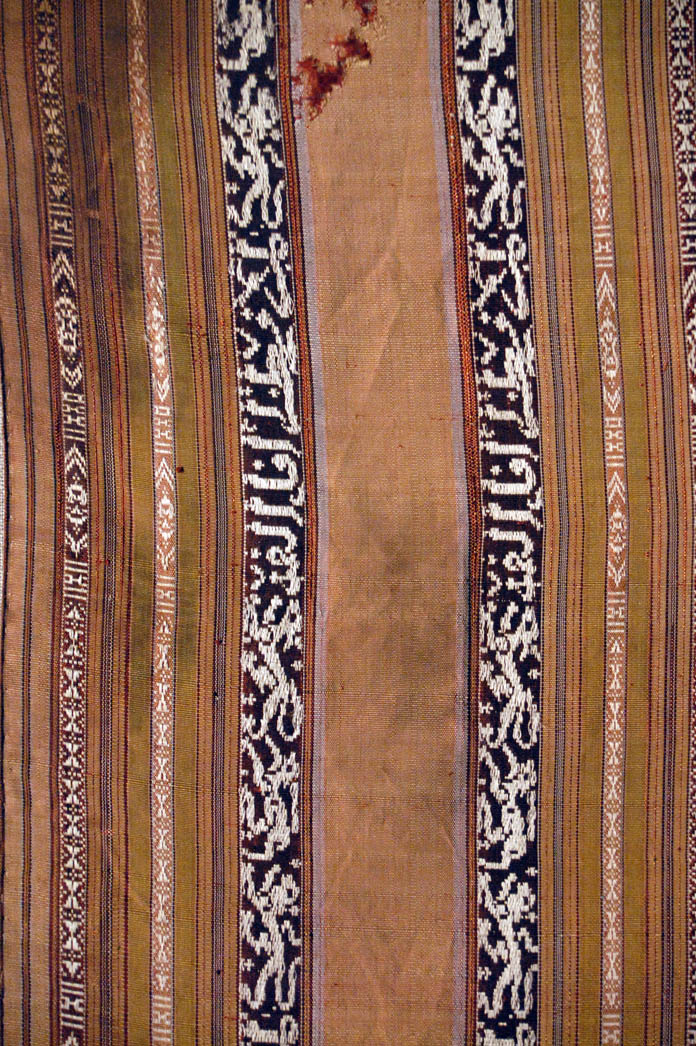
Additionally, one of the biggest textile company’s worldwide, the Dutch VLISCO has been installed in Africa and precisely in Togo since 1846. Some years ago BBC presented a story on how African fashion has gone Dutch with the New York Times claiming that Africa’s fabrics are entirely Dutch. However, even before VLISCO, Africa had a rich textile industry with clothes made of cotton woven with golden threads since 1.300s, as can be also seen by the clothing tradition Kanembu which dates back to the 800s.

Moving now from the past to the present and looking towards future, Tropenmuseum Amsterdam, shines a light into African Fashion today. With the exhibition Fashion Cities Africa, Tropenmuseum looks through the eyes of trendsetting creatives, by building a space in order to present the fashion scenes from Casablanca, Nairobi, Lagos and Johannesburg. These cities differ in many ways, not just in geographical location, but there are evident differences also between one cultural group and another, each other’s fashion signature and style, proving that there cannot be only one single definition of what African Fashion is. It is simply many things at the same time.
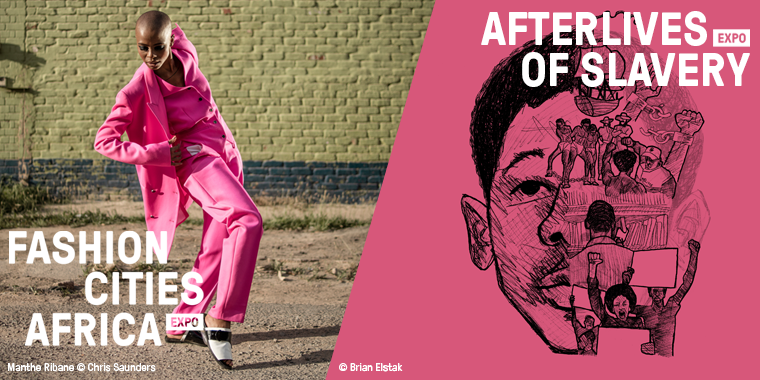
Bloggers, photographers, designers and stylists present their own fashion, from chic pieces to casual and glamorous ones. Each tells its own story of fashion, inspiration and identity, that transcend borders and declare that there is much more out there to see than just Paris and Milan fashion.
Entering the exhibition, you will be immediately absorbed into a mix of fashion, style and music, with major radio stations from the four cities in focus (Soundcity Radio (Lagos), Homeboyz Radio (Nairobi), Hit Radio (Casablanca) and Metro FM (Johannesburg), playing live inside the exhibition spaces.
READ ALSO: THE 2018 PIRELLI CALENDAR “BEHEADS” RACIAL STEREOTYPES
Casablanca, Morocco
Also known as the gateway to Europe, Africa and Middle East, Casablanca is a place where many different influences merge together. Moroccan fashion is colorful with many haute couture, ready to wear, traditional and street clothes. Getting inspired by local cultural traditions and international styles, designers and stylists present exquisite looks.
First of all, designer Said Mahrouf, creates elegant, gracefully draped clothes by using glistering fabrics on layered and asymmetrical shapes. He is renowned for his minimalist and extreme feminine designs. Mahrouf obtained his studies in fashion design from the Amsterdam Rietveld Academy and Pratt Institute New York.
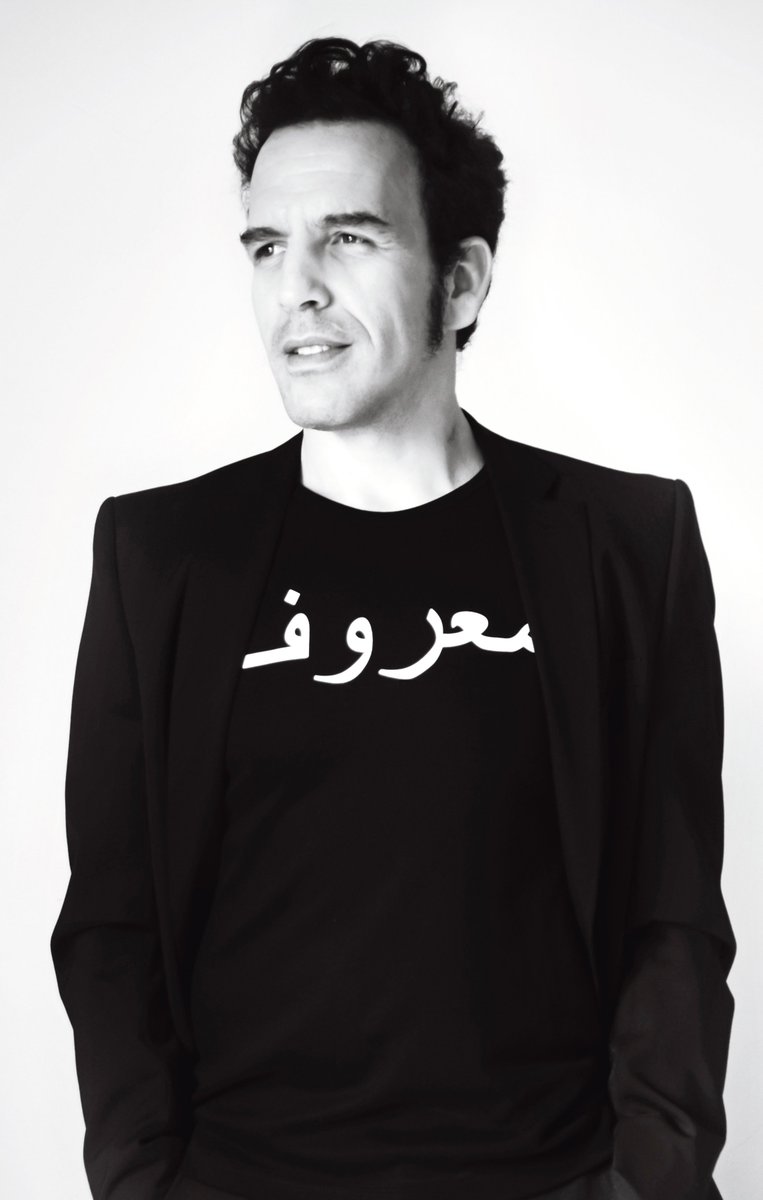
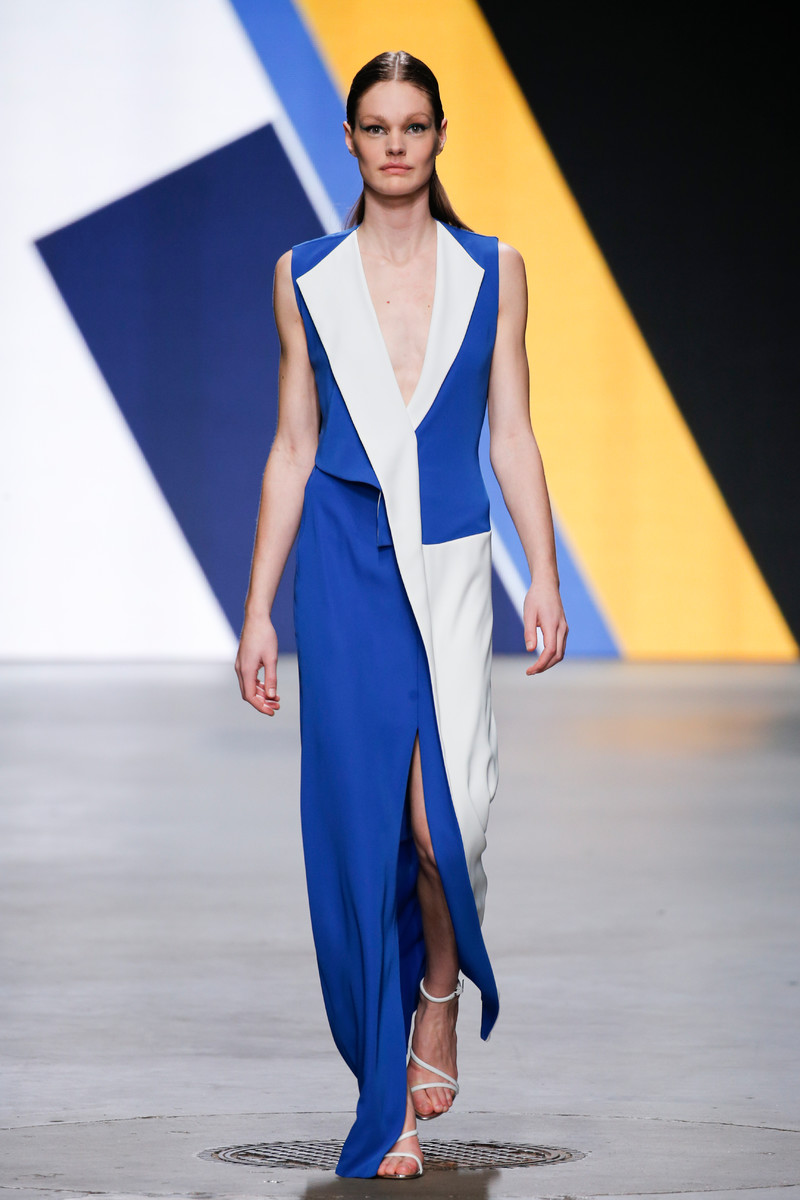
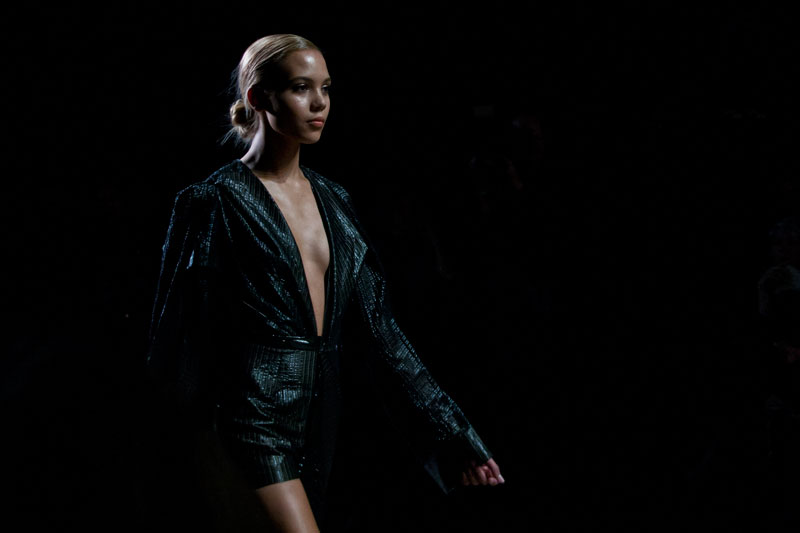
Following, Amina Agueznay was initially trained as an architect at New York until she decided to return back to Casablanca in order to work as a textile designer and artist. There she leads workshops around the country, where she teaches young makers on how to use their skills in order to develop new products. On the same path, Mouna Belgrini is a fashion journalist that returned to Maroco after her studies in Paris, being now the editor in chief of Fashion magazine Tendances et Shopping.
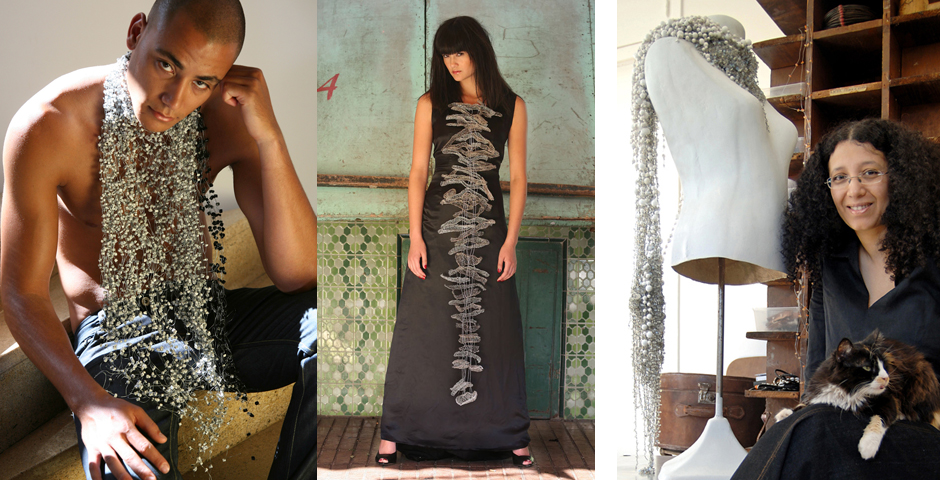
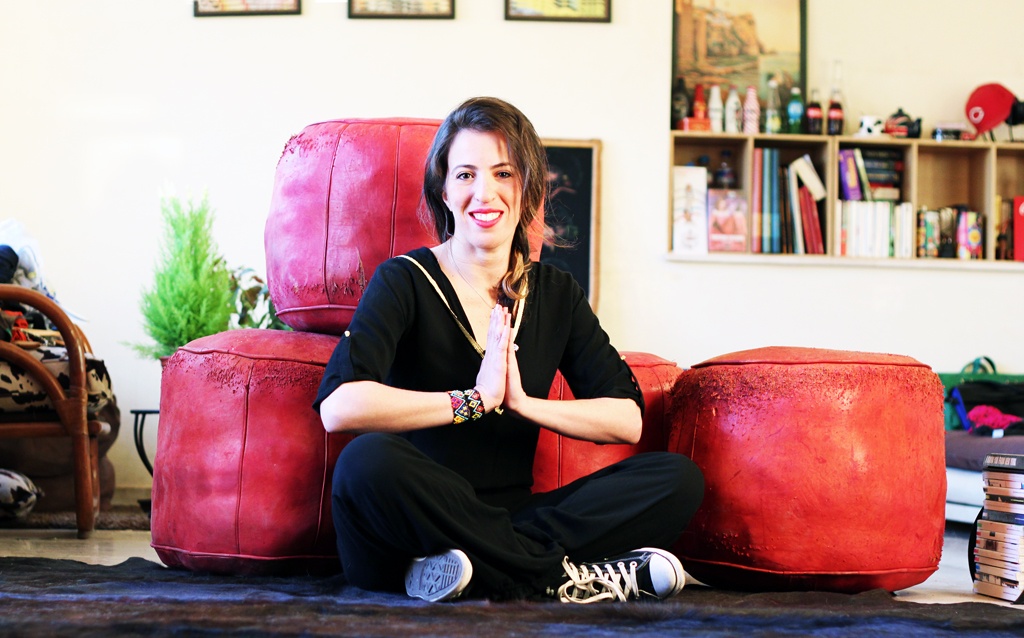

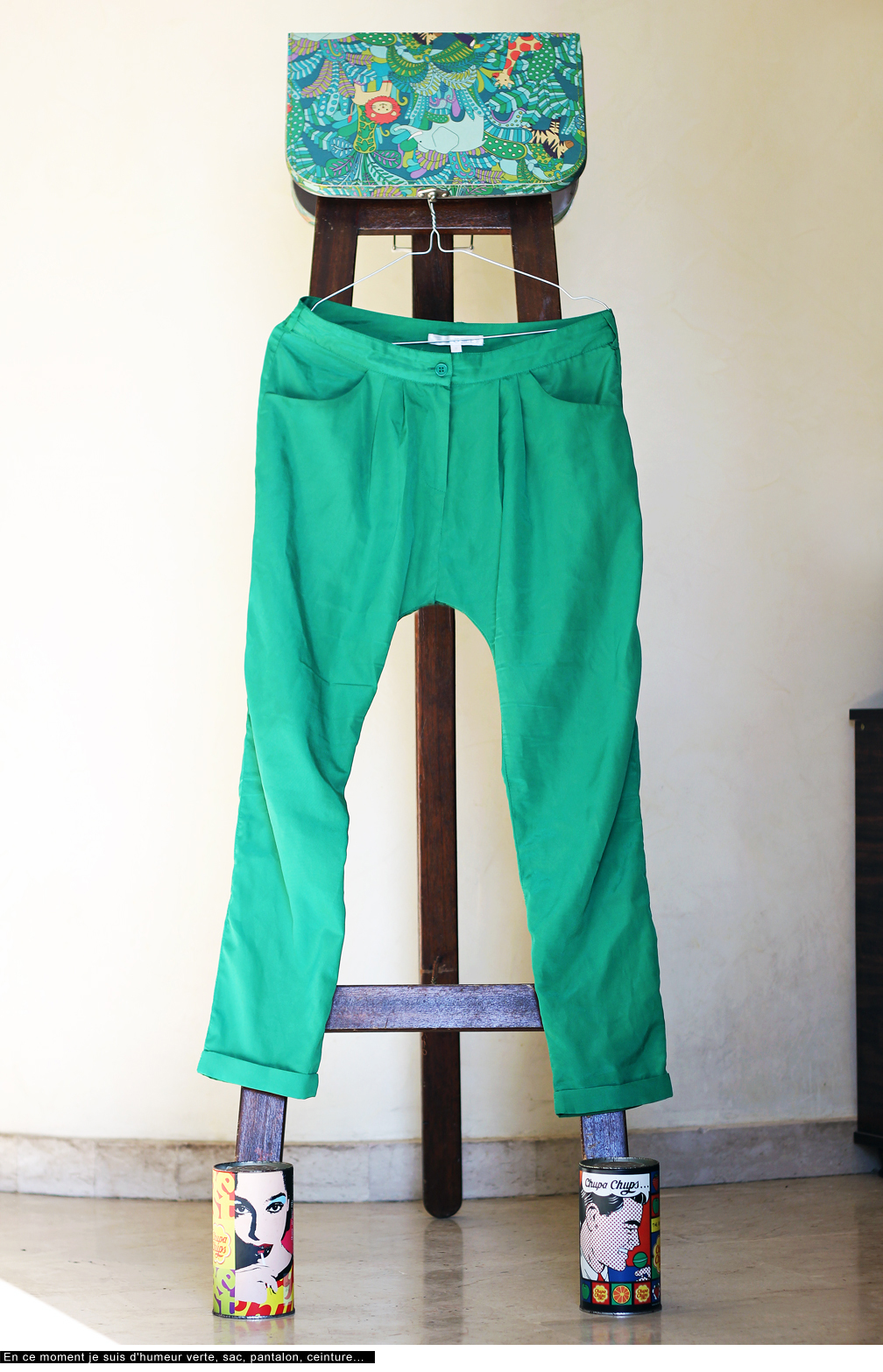
An important contribution to the Moroccan fashion industry is the establishment of the Moroccan Fashion Designers Association by Joseph Ouechen, well known for his You Are the Style blog and street and fashion photography work, being a self-taught photographer without a formal fashion education.
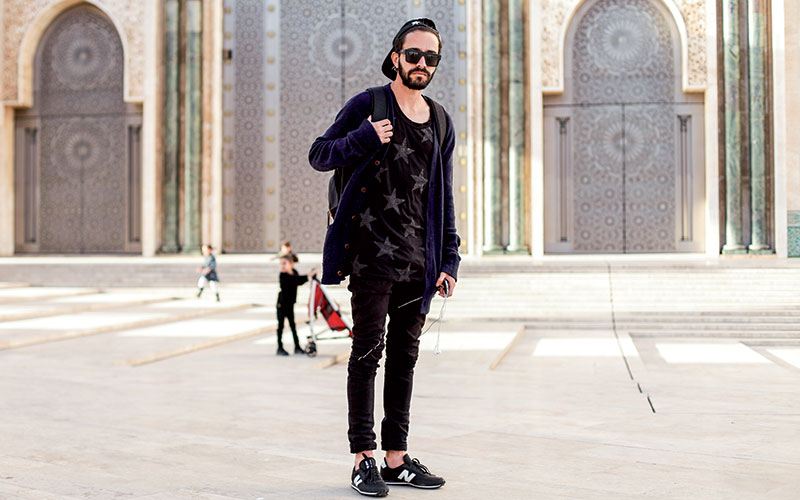
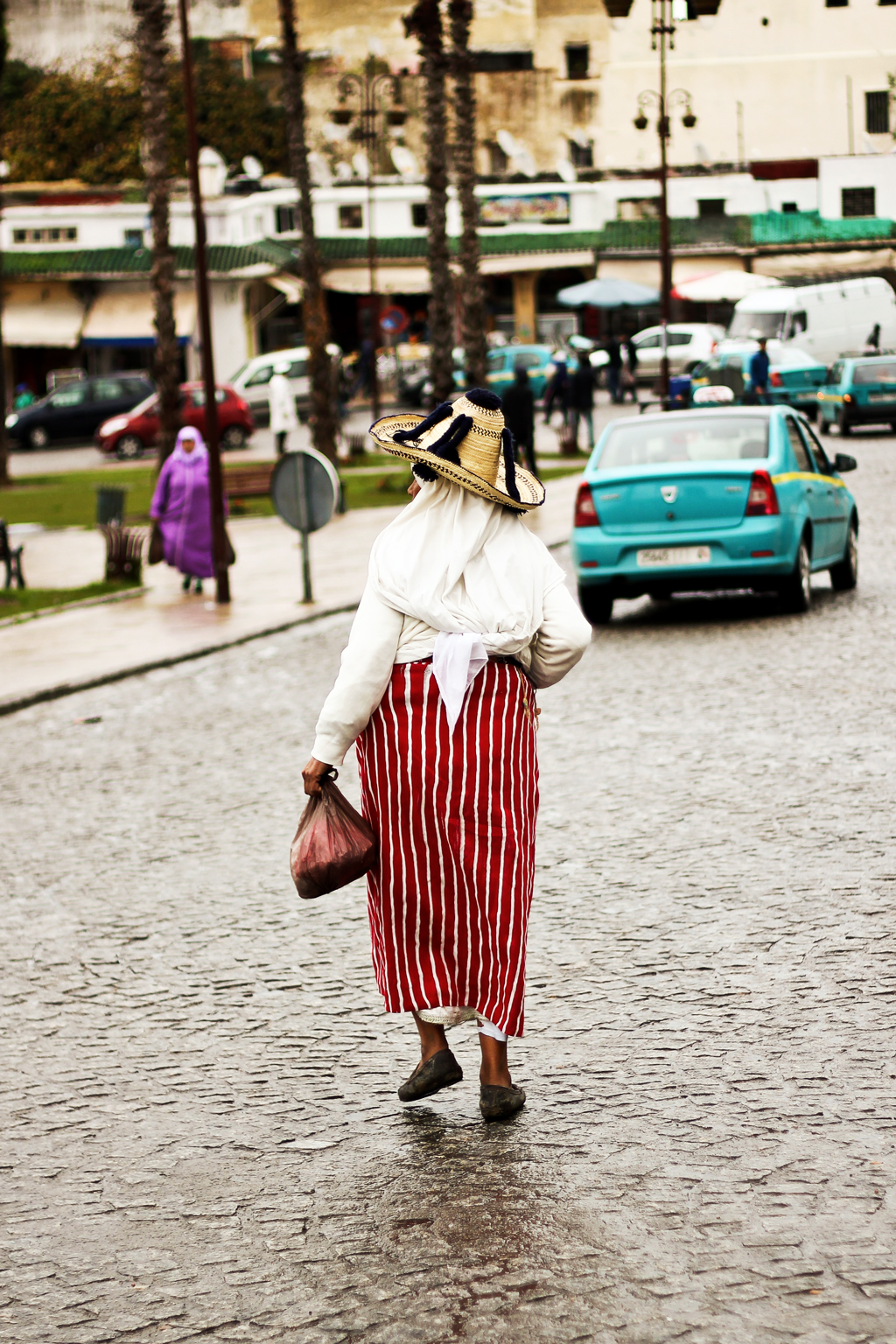
Born in Imzouren, Morocco, in 1988, in a family of tailors, Karim Adduchi turned out to become an illustrator, painter and fashion designer. Following his art studies in Barcelona, Karim moved to the Netherlands in order to expand his knowledge by following fashion studies at Gerrit Rietveld Academy. His voluminous silhouettes and skilful Amazigh techniques with his own contemporary interpretation of tradition, have drown considerable attention in the Dutch and international press. Last year he presented one of his collections at the Mercedes Benz Fashion Week Amsterdam.
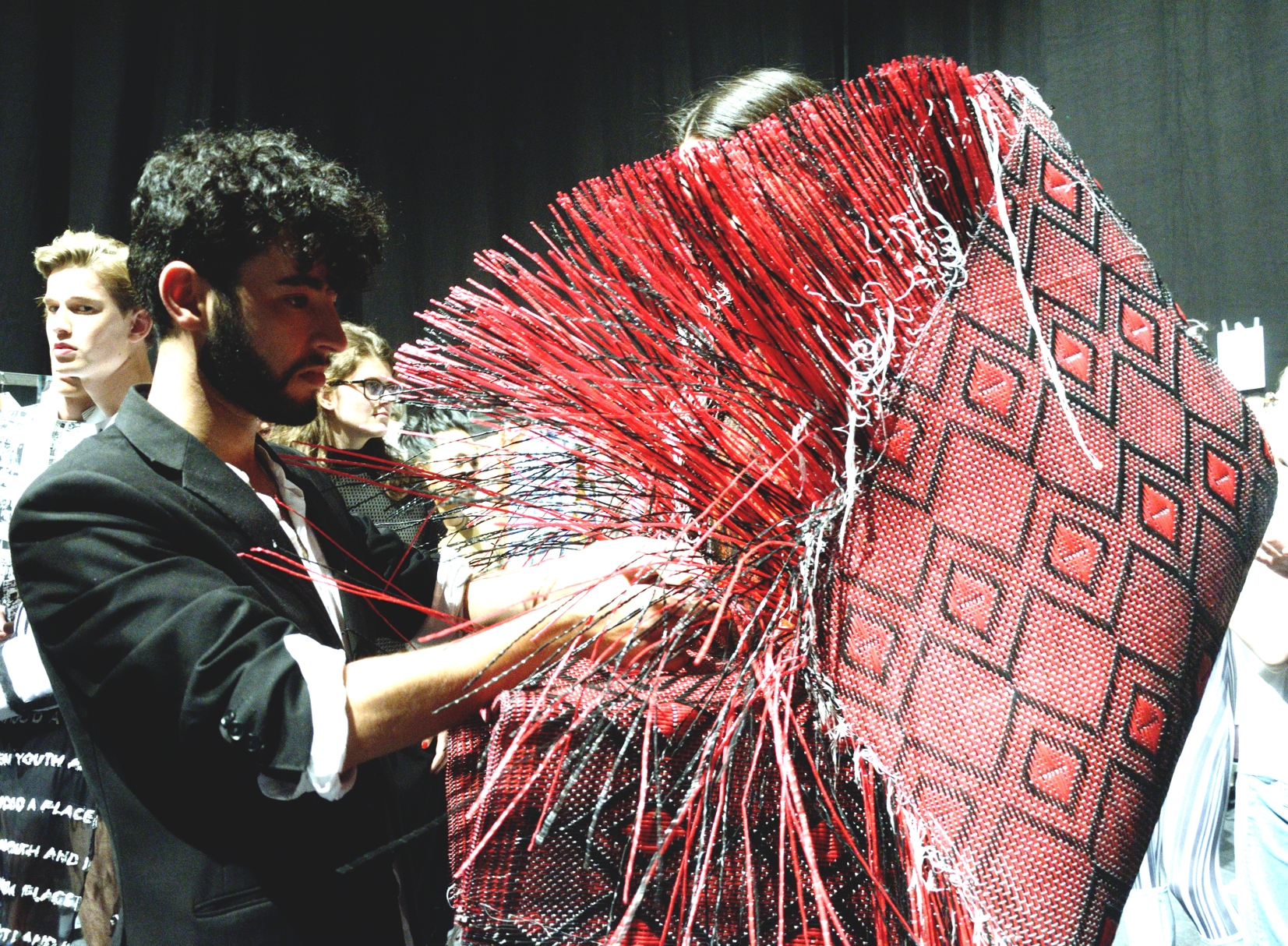
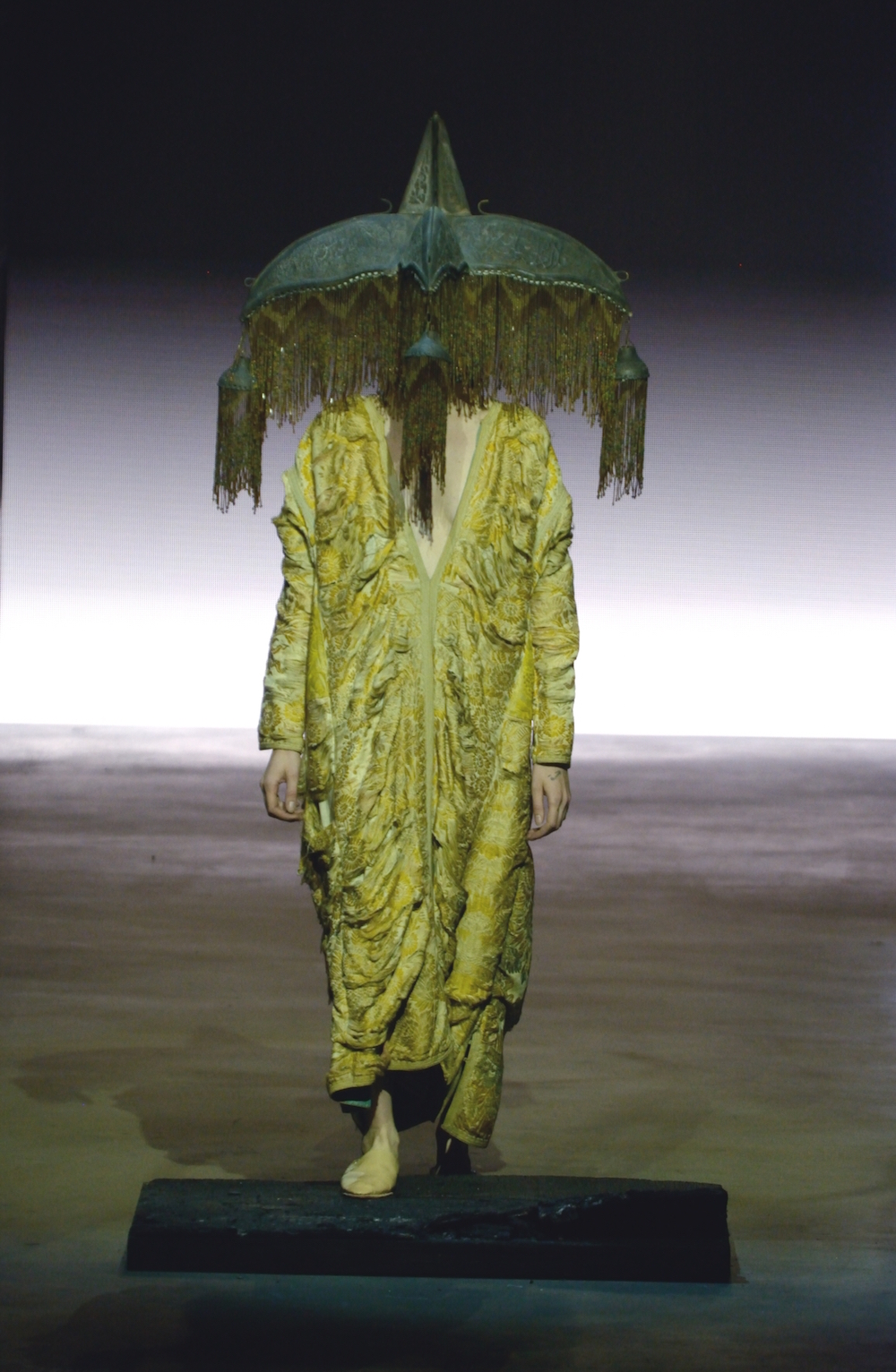
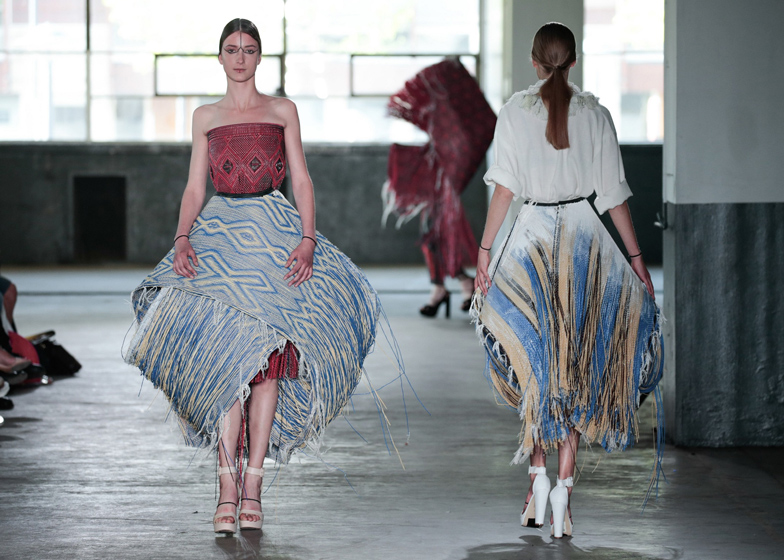
The presentation of Morocan fashion is completed with Irene Agyeman Hin. Growing up in the Netherlands, she is using her boutique called Lady Africa in the Hague, in order to import clothes and accessories by established and emerging designers from various African countries. Her goal is to show the amazing skills and creativity in Africa to people in the Netherlands and other internationals.
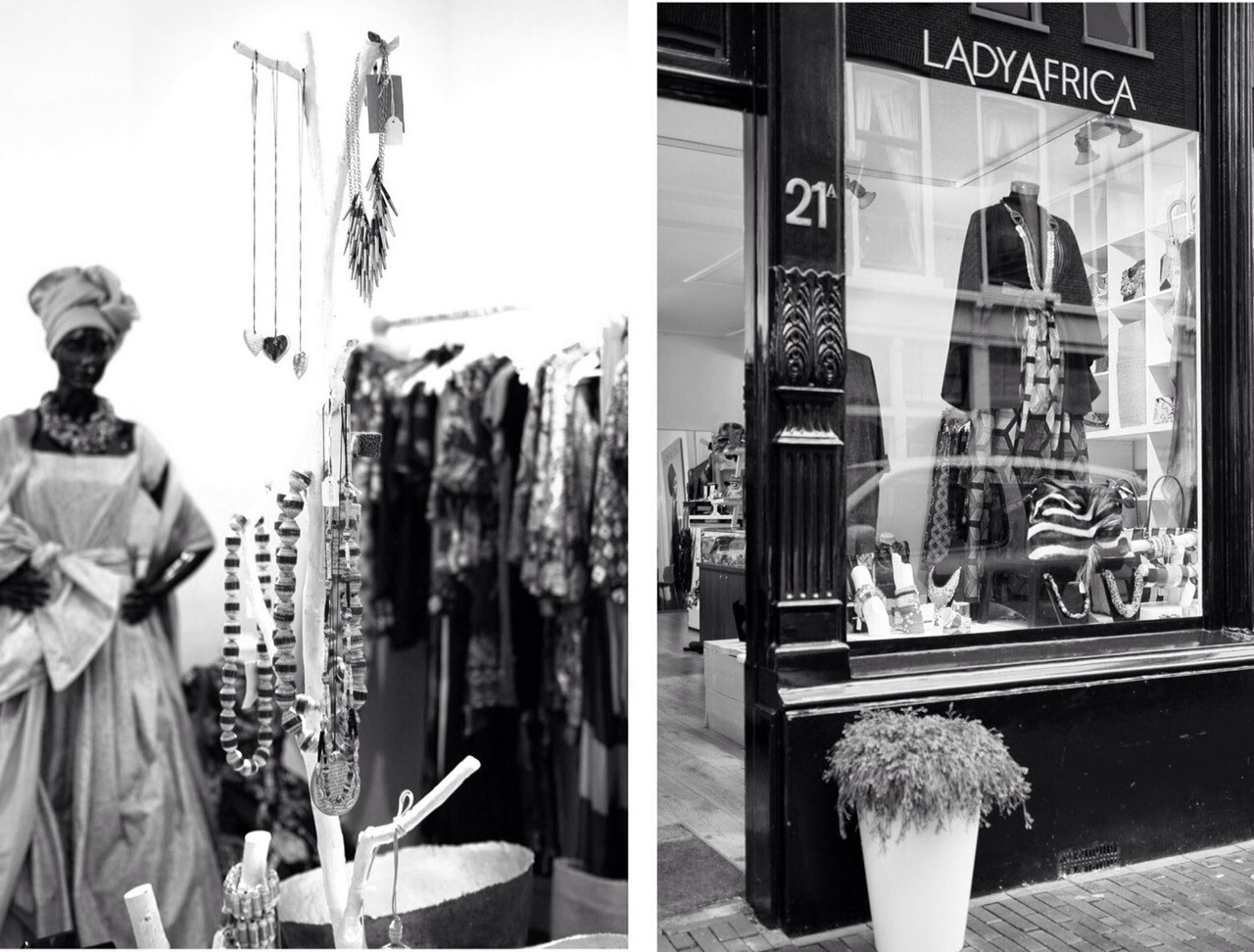
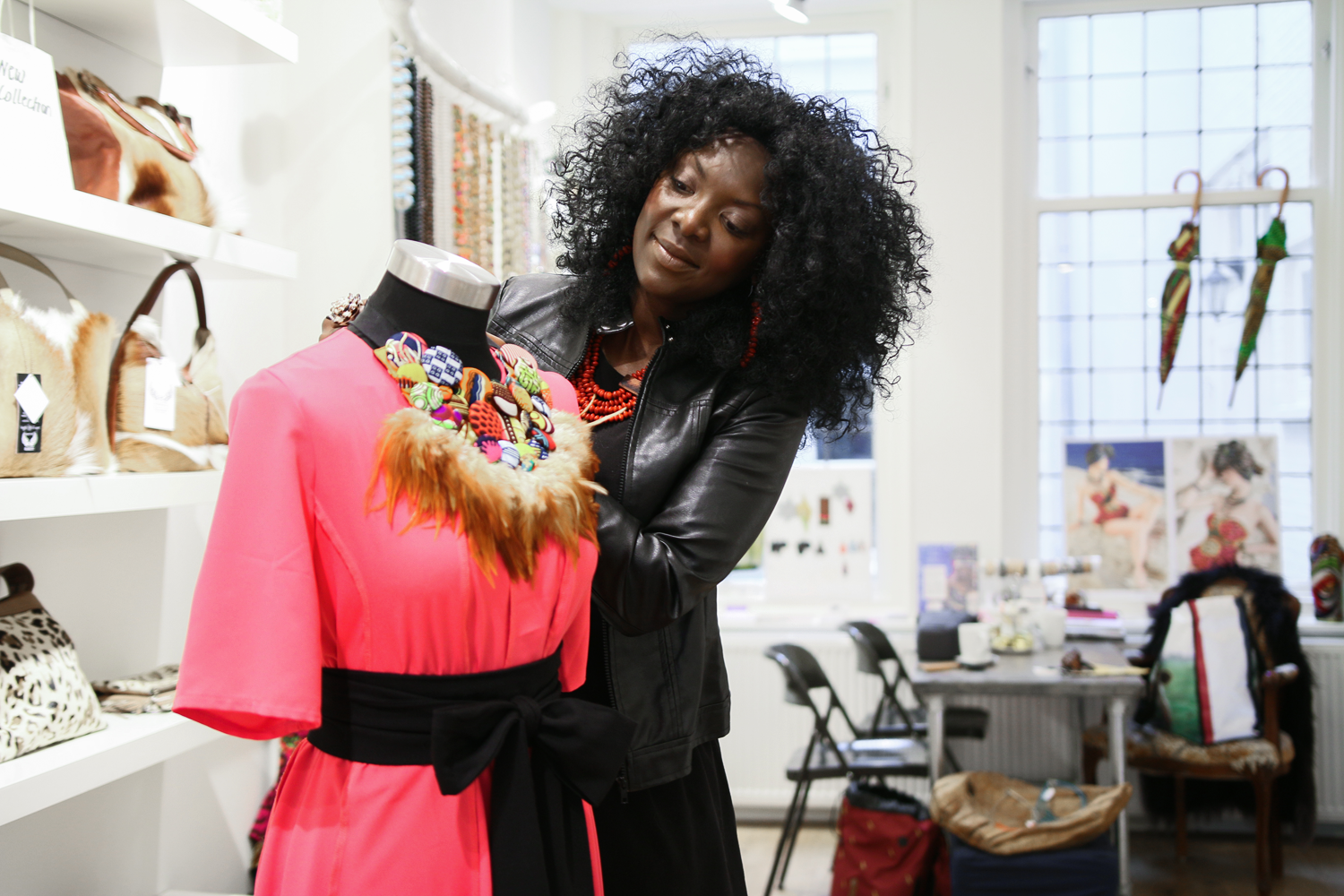
Johannesburg, South Africa
Casablanca give is place to Johannesburg, where we get to see how the so called ‘’Golden City’’which went through decades of economic decline has been now developed into a thriving metropolis (New York of Africa) where fashion, music and art dominate the street scene.
Being at the heart of the Anti-Apartheid Movement and black consciousness in South Africa, creatives use recent history in order to express a new socially engaged perspective in both direct and subtle ways. They tell stories about equal rights and cultural pride through fashion.
Sartists (Andile Buka, Kabelo Kungwane, Wanda Lephoto and Xzavier Zulu) is a creative collective based in Johannesburg which belongs to a born free generation that honors the struggles which their grandparents faced for freedom, by commenting on the turbulent history of their country through their work. Sartists have collaborated with Converse, Levis and Adidas on major projects.
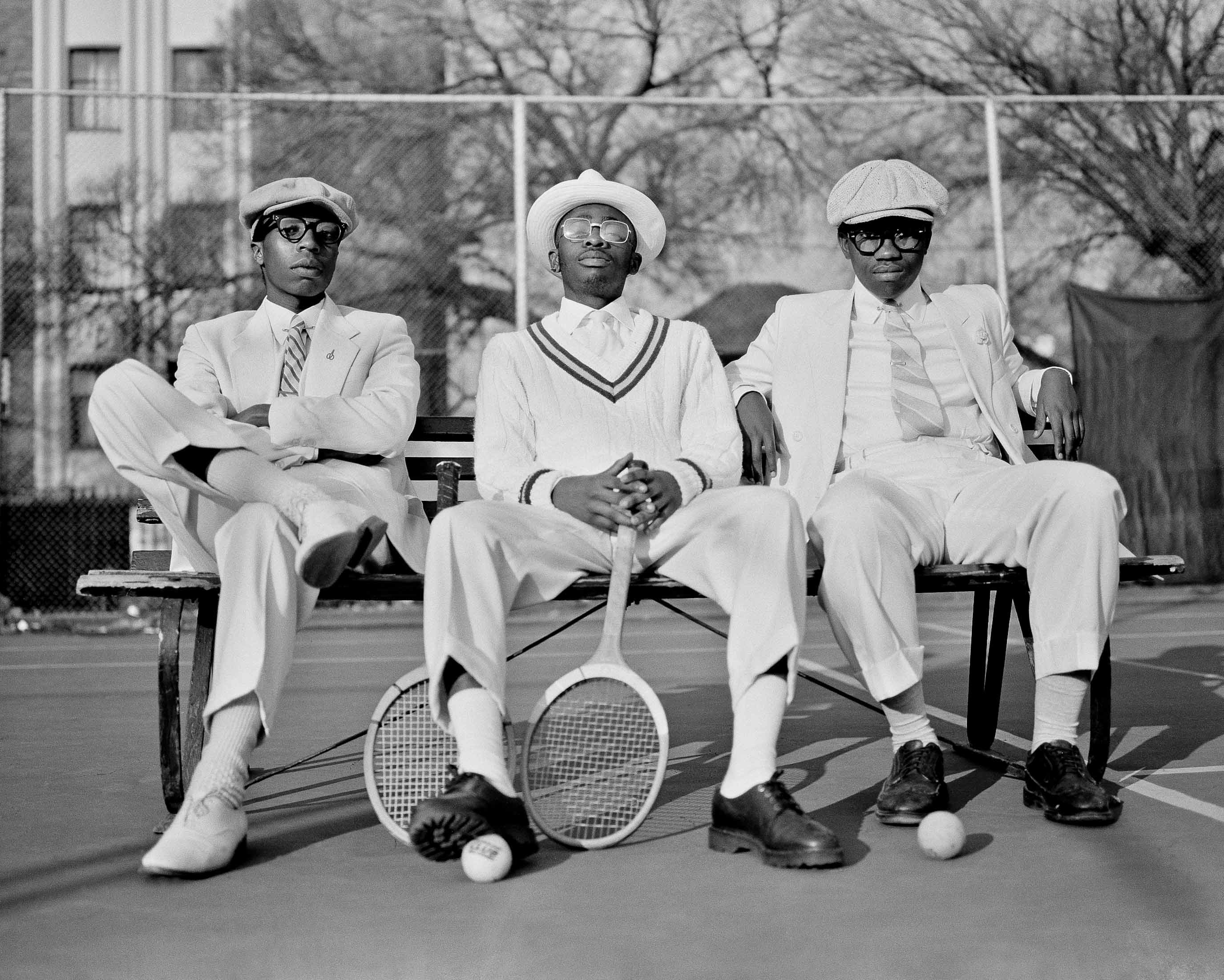
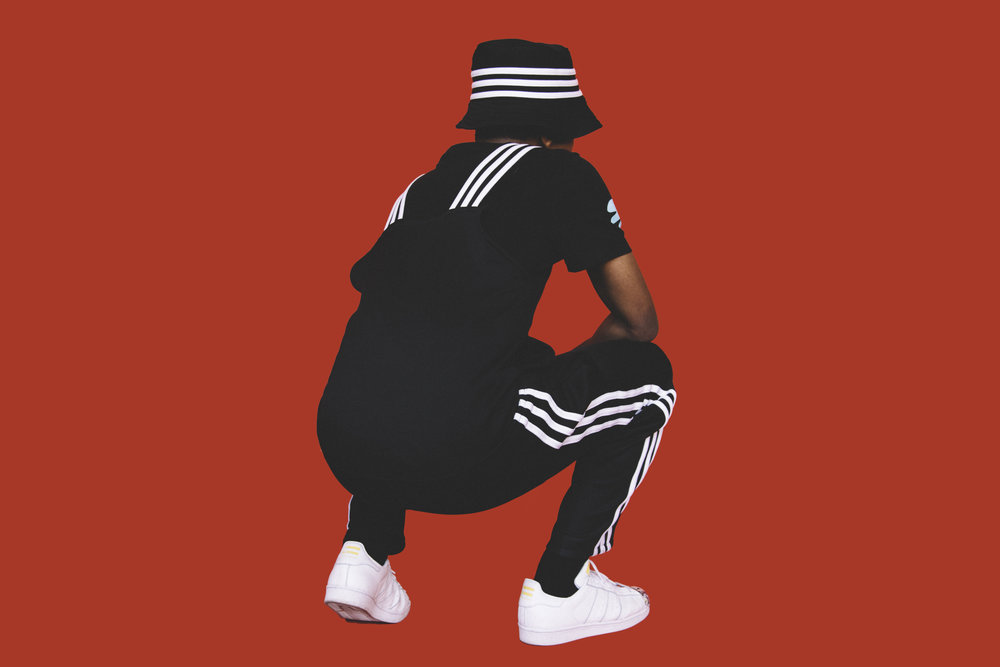
https://drive.google.com/file/d/0B-zbwI7zlFFiUl9ESWpmQV8tams/view
Marianne Fassler, is one of the founders of label Leopard Frock, a label that has influenced South Africa’s fashion scene for over thirty years. Fassler’s designs are colourful Afro Bohemian chic, inspired by Johannesburg and the city’s enduring appeal as a place where everyone is searching for a better life, a new existence.

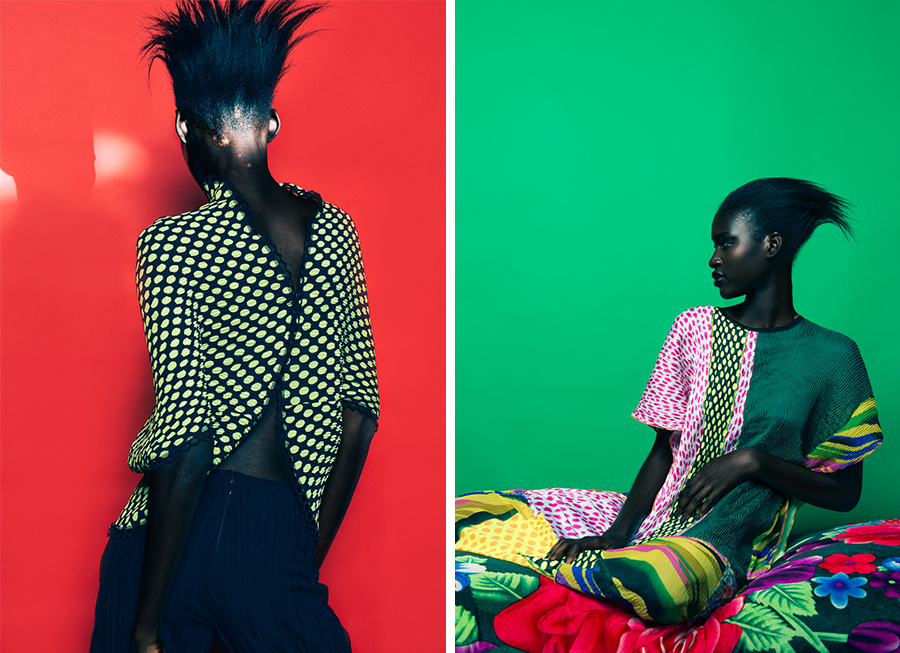
There is not much to say about Thula Sindi, one of South Africa’s leading designers whose work has been presented globally. His creations offer a sophisticated simplicity, a golden mean between unattainable haute couture and everyday clothes. Contemporary global appeal with an African touch.

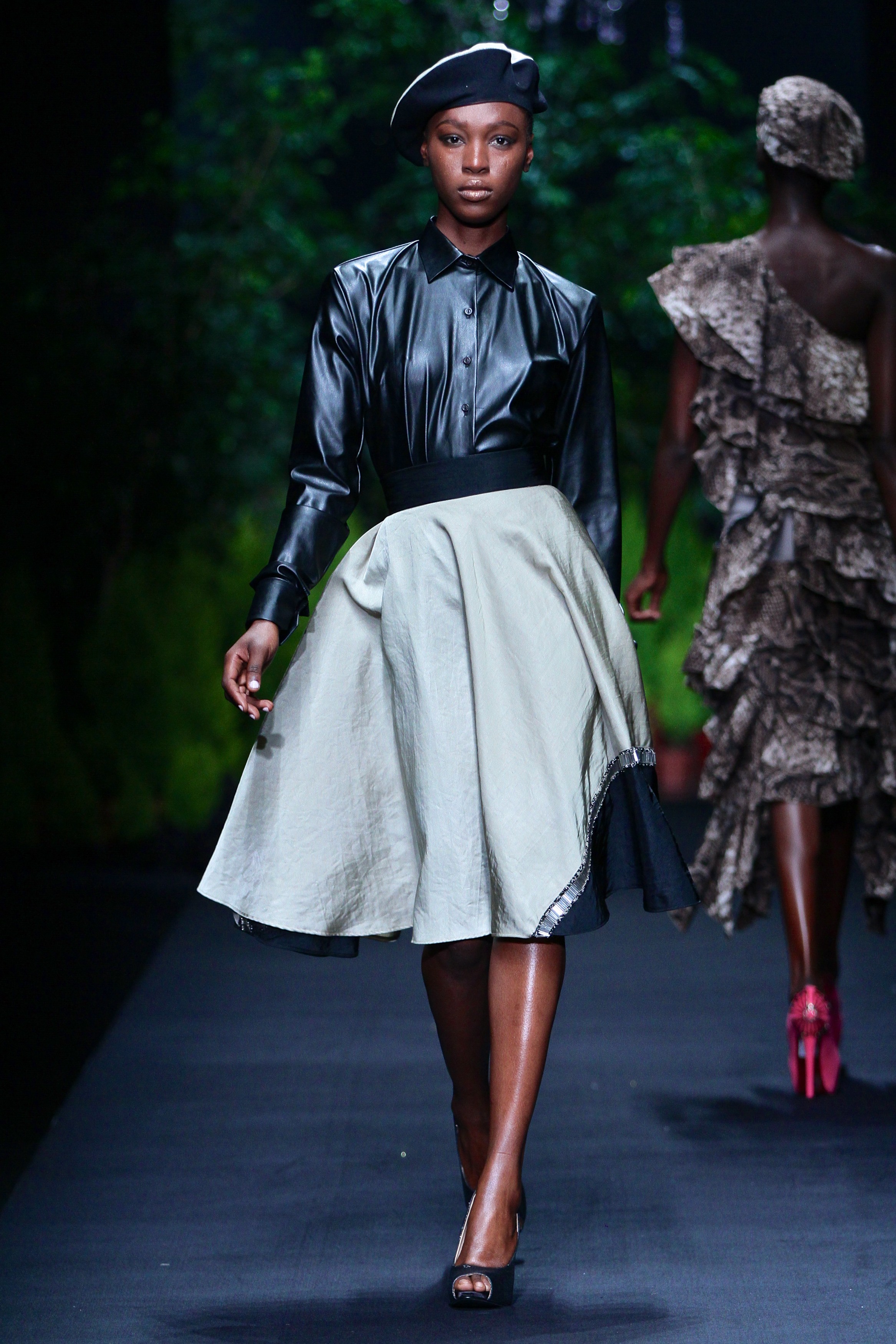
Last but not least, Doru Komonoteng Loboka (stylist and art director) and Nsimba Valene Lontanga (brand consultant and trend researcher, owner of fashion label LIBAYA) also known as DoruNsimba use their creative forces with the aim to change the world’s perspective of Africa. Hailing from the streets of Amsterdam, specialized in mesmerizing color palettes and African aesthetic, they believe that there is no such thing as African identity. On the contrary for them Africa is a uniformed concept of beauty with 54 countries of countless cultures and styles.
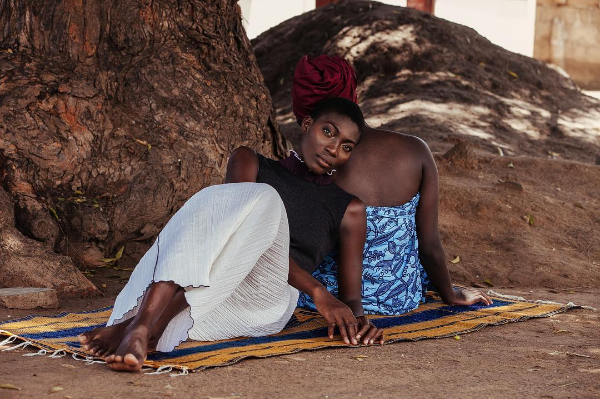

Nairobi, Kenya
The next destination of the exhibition travels visitors to Nairobi, where everything is available depending on your budget. From luxury accessories and traditional textiles, to tailor made clothing. Nairobi leaves behind the conservative culture of East Africa bequeathed by its British colonial rules and introduces a new generation of young creatives that present an experimental mix of local styles.
Velma Rossa and Papa Petit, a brother and a sister, started to buy second-hand clothes since they were very young, until they decided to start a Tumblr account 2ManySiblings which they use as a creative space for art and photography. Social Media allowed them to tell stories through positive imagery by using second hand clothing on their collaborations with talented fashion photographers. Their work has already gained them a huge following at their homeland and abroad.


The band members of Sauti Sol, one of Kenya’s most popular bands, use their music and style in order to highlight their African heritage. Their music is a mix of pop music with traditional Kenyan influences, that create a fresh Afropop sound combined with their funky and edgy looks with a modern African touch.
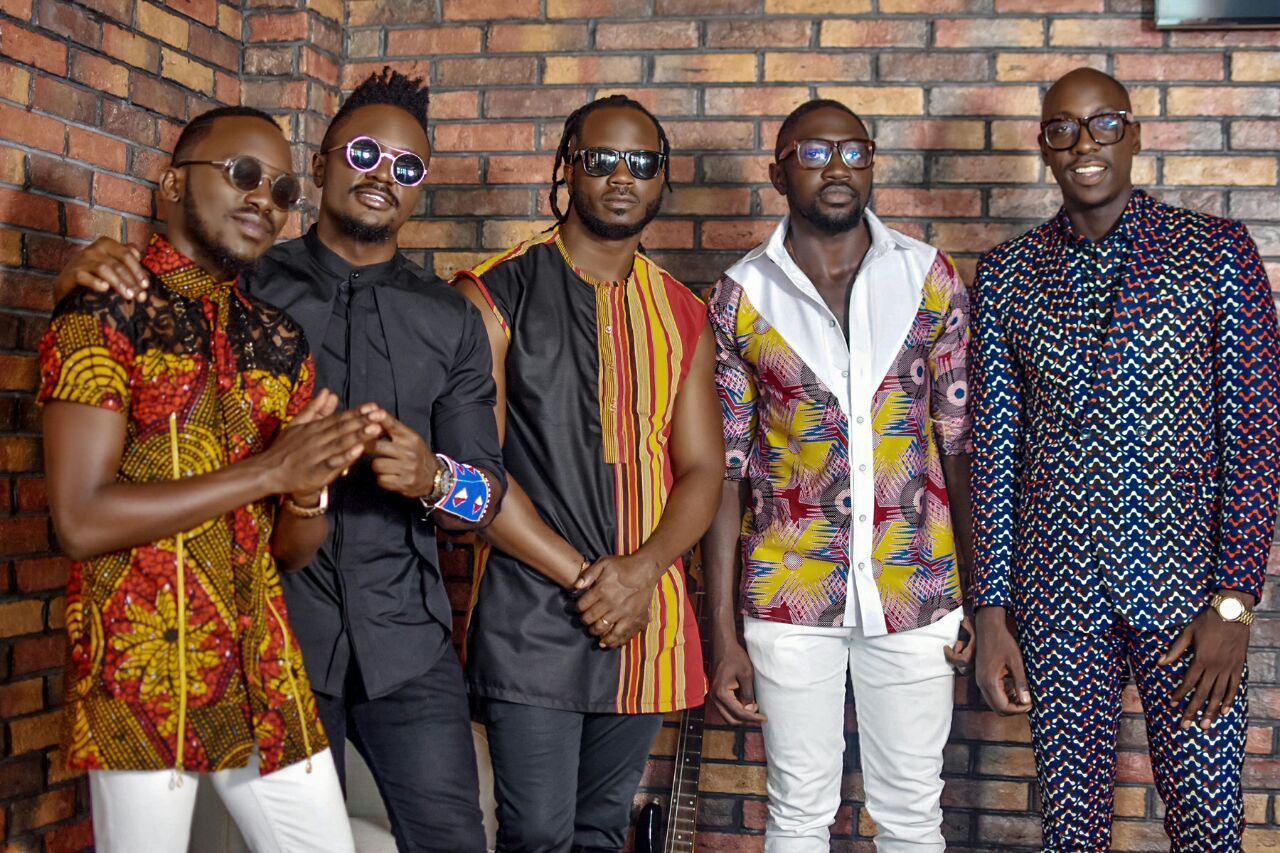
The Nest Collective gained global fame following their To Catch a Dream fashion film. Involved in fashion, film, music and art, The Nest Collective develops an identity distinct from the past and open to the future. They choose to present their concepts and designs through online films than on the catwalk, hoping to reach a far wider audience, in collaboration with designers based in Nairobi.
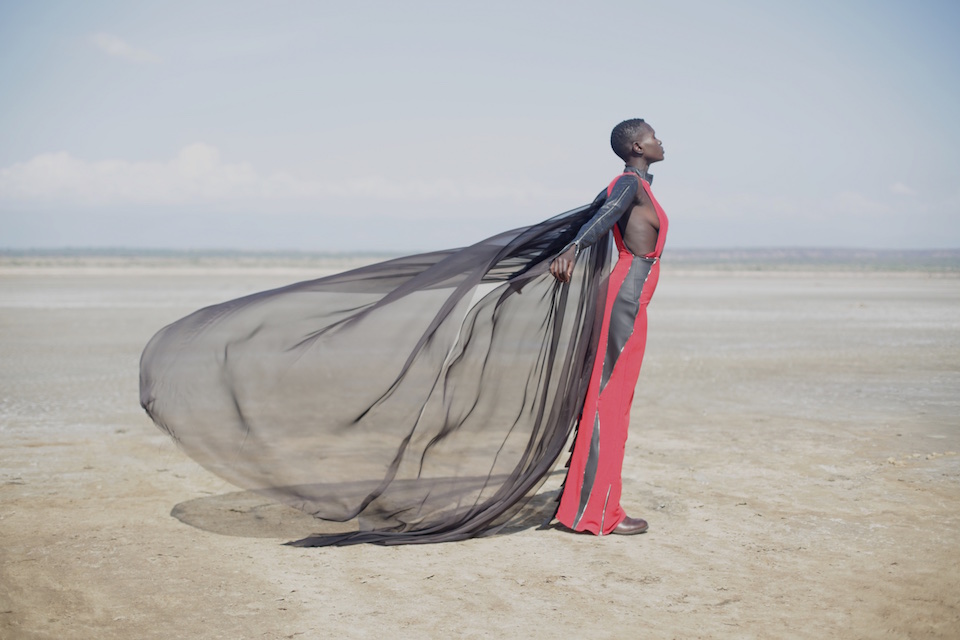

The Nairobi presentation ends with Amsterdam’s hugely popular street wear label Daily Paper. Passionate about fashion and inspired by their backgrounds, the designers of Daily Paper create casual clothes for contemporary males and females with African references. From their Maasai shield logo, each of their collections has a link to Africa.
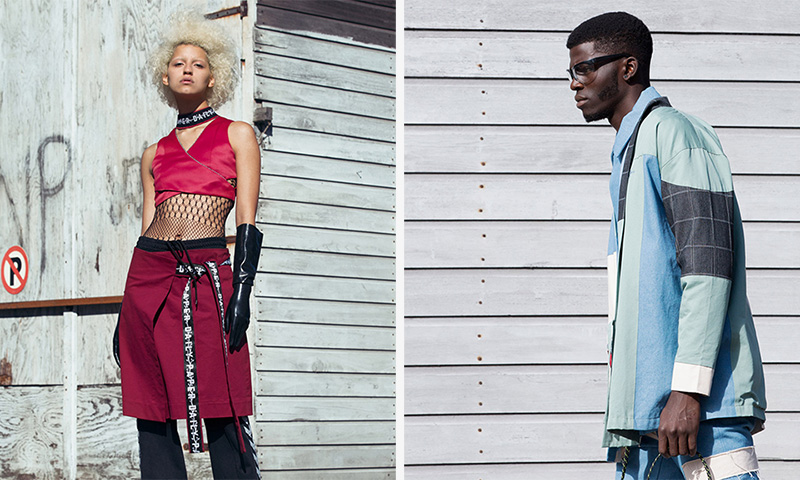
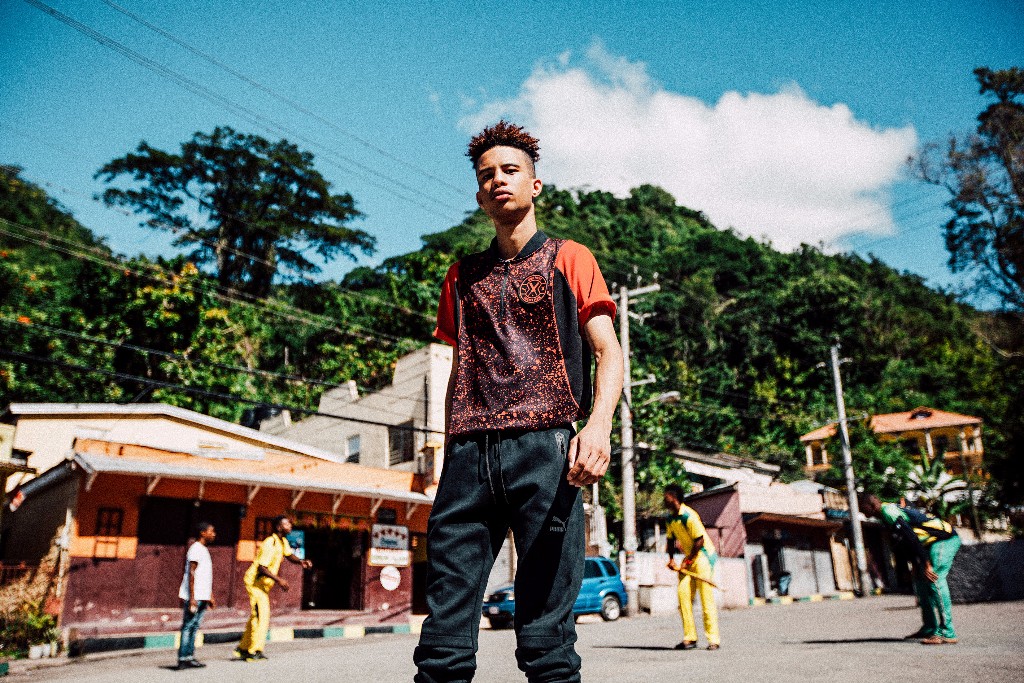
Lagos, Nigeria
The first part of the exhibition is completed with Fashion from Lagos, Nigeria. Tropenmuseum highlights the flamboyant style of Lagos, a place where the fashion industry is considered as one of the most firmly established in whole Africa.
Lagos Fashion and Design Week is part of a conscious effort by Lagos to promote itself as a new global capital of fashion. Started by Omoyemi Akerele in 2011, it is a platform where designers, clients and media come together in order to support and empower Nigeria’s fashion industry. The event has brought major international acclaim for designers such as Maki Oh and Lisa Folawiyo.
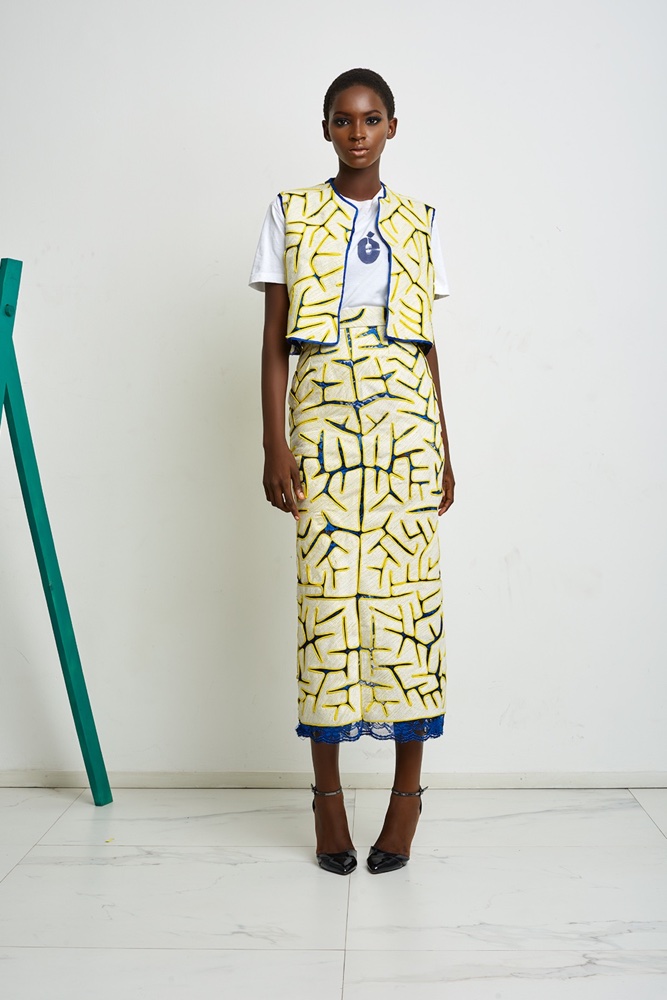
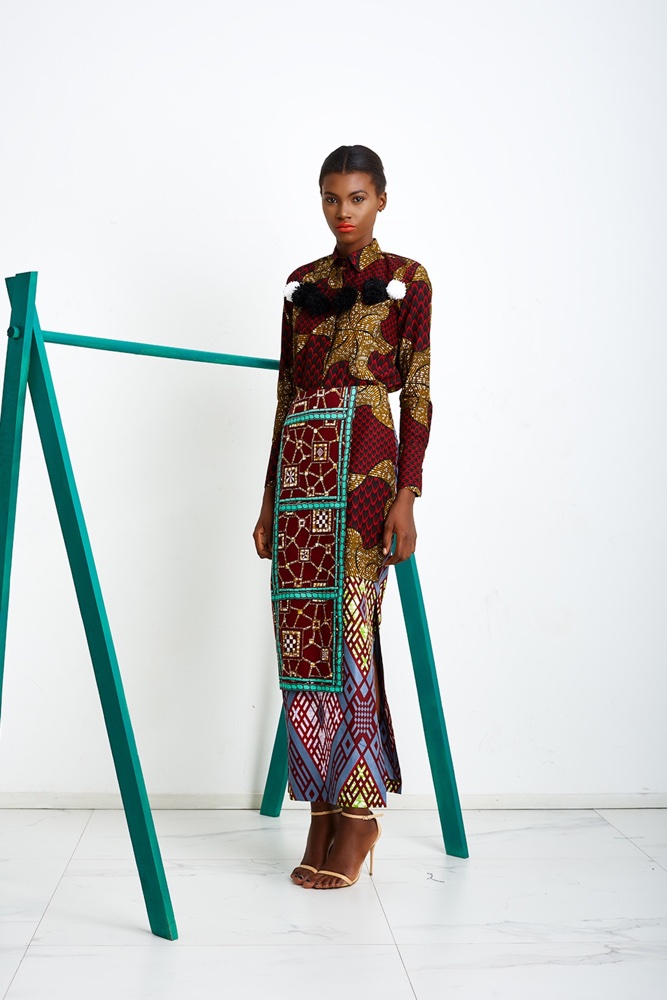
READ ALSO: CALVIN KLEIN SPRING 2018: RAF SIMONS’ AMERICAN DREAM
With the use of high quality local Nigerian fabrics such as adire and aso oke and attention to detail, Deola Sagoe was managing her own label the House of Deola Sagoe for over twenty years until 2013, when she decided to create a new label with her three daughters known as Clan. She is considered a leading lady of African haute couture fashion, who has been at the cutting edge of high fashion since 1989 and became the first black woman to present a collection at AltaRoma, Rome’s celebrated fashion week, back in 2004.
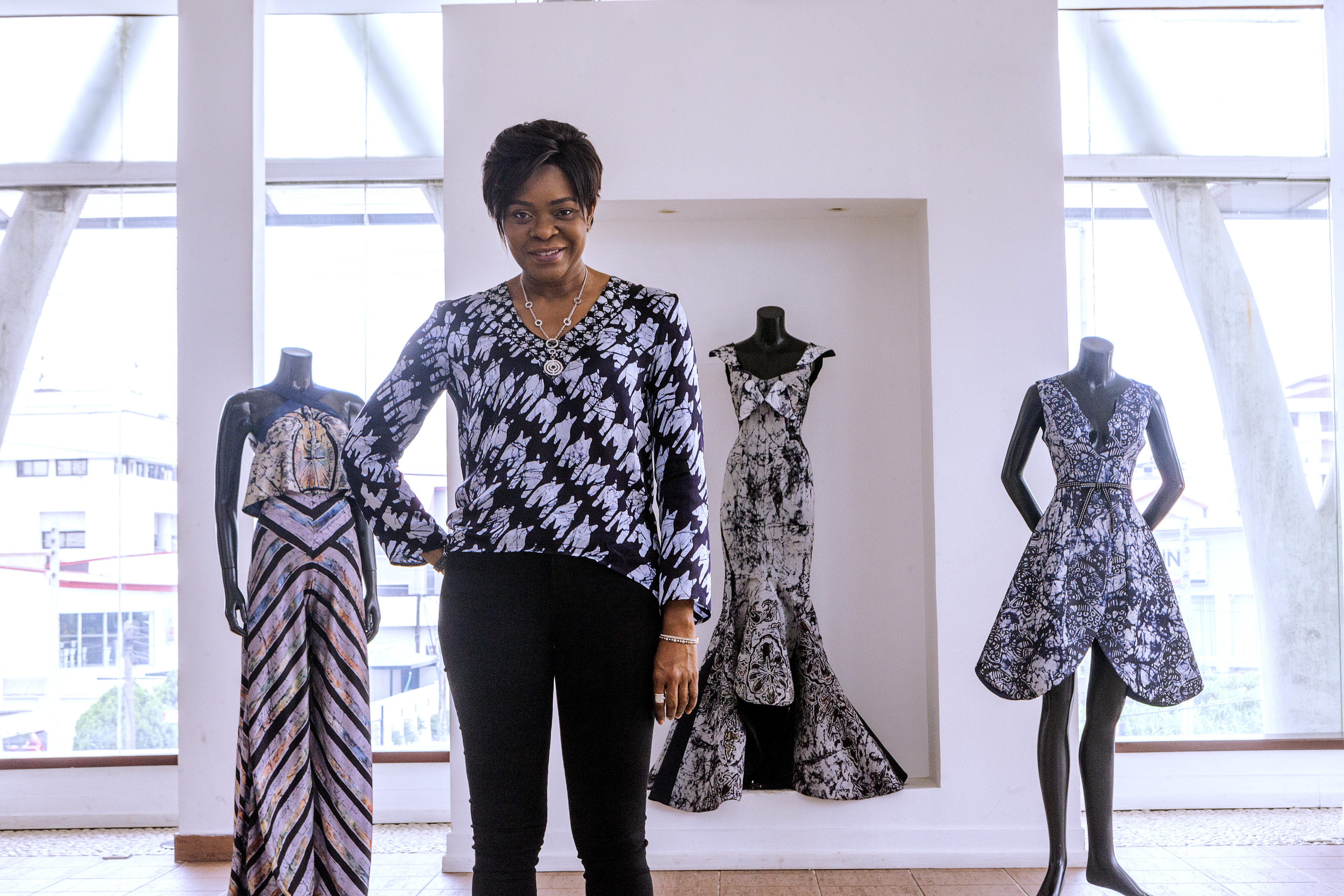
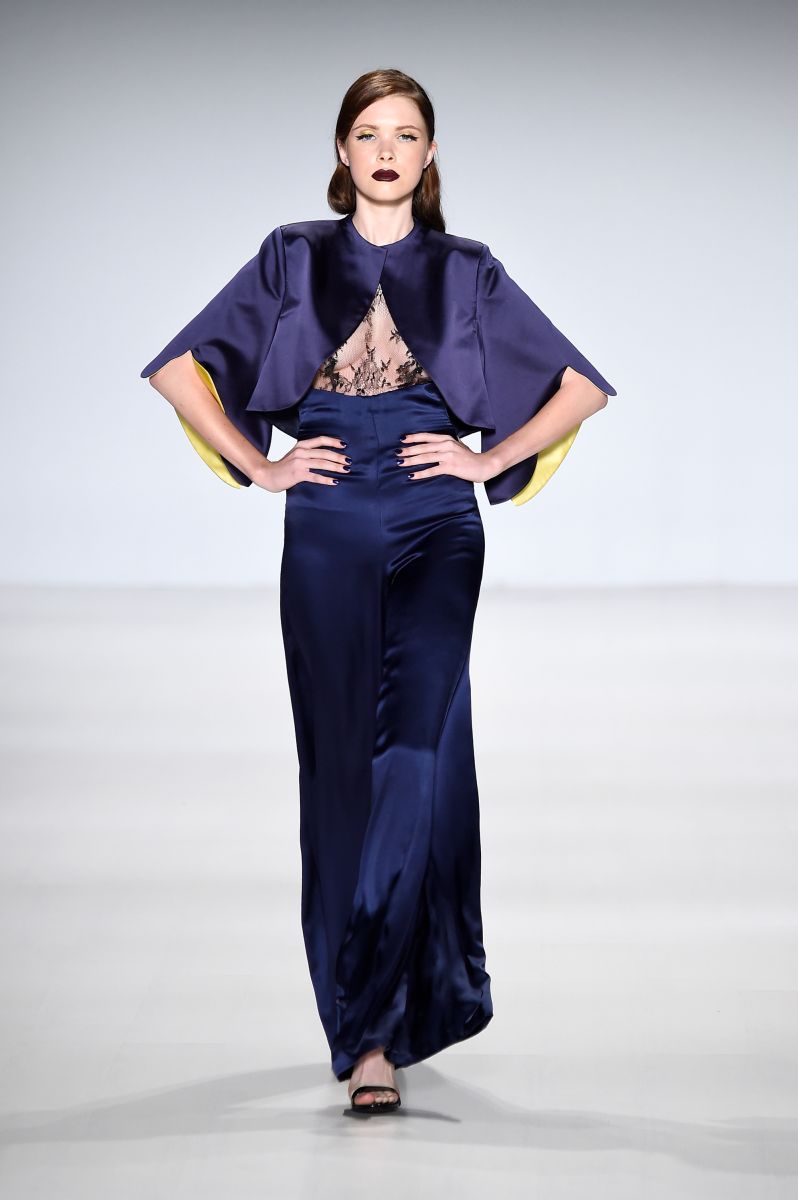

Α mix of wax prints with Nigerian parables by Yinka Ilori is the last part of the exhibition. This London based illustrator and furniture designer, restores second-hand furniture, by drawing inspiration from traditional Nigerian stories and popular materials in Africa. Ilori is against wasting materials and today’s consumer culture, that’s why he tries to breathe new life into cast-off furniture and found objects. Yinka’s work has been featured internationally in solo shows at The Whitespace Gallery in Lagos, The Shop at Bluebird in London, The Vitra Design Museum in Basel and many more locations over the world.


After the presentation of the four major African fashion cities, the exhibition continues into two new and equally exciting spaces. The first room invites you into the colorful universe of VLISCO. For over 170 years, VLISCO has created more than 350,000 original textile designs. Many of these designs have become cultural treasures, bestowed with special names and meanings by the merchants of Central and West Africa.
Inspired by Africa, made with a technique derived from Indonesian Batik and designed in the Netherlands, Vlisco’s heritage and design signature is a multicultural melting pot of beauty and industrial craftsmanship.

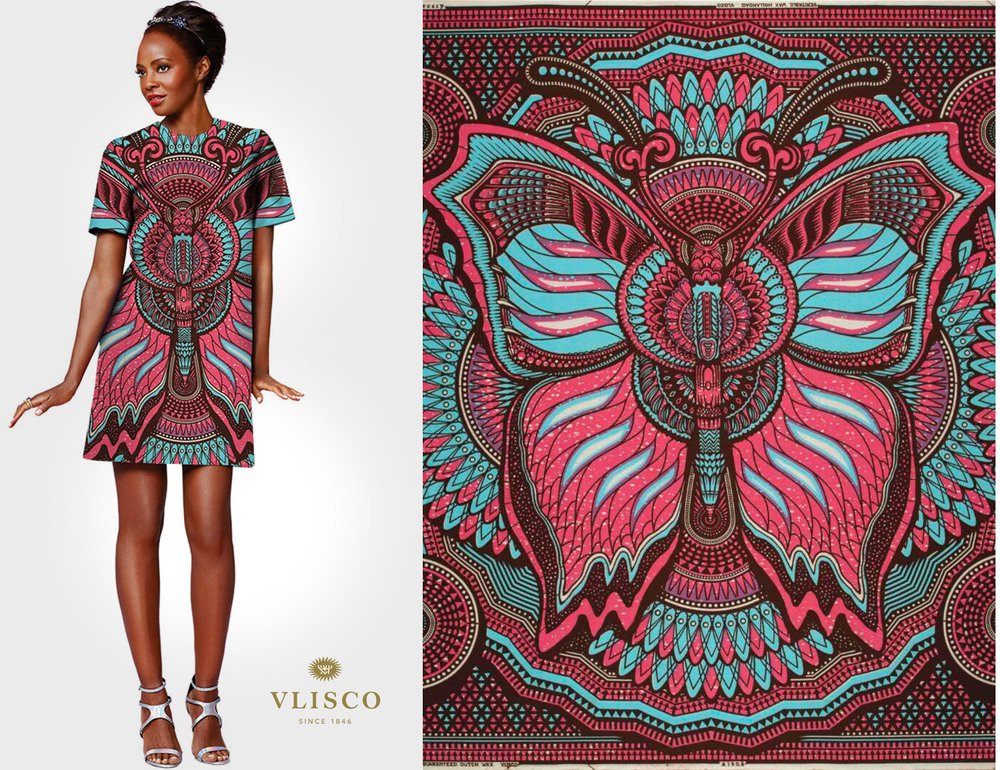
The final part of the exhibition completes visitors journey through African fashion with short videos and images of people with African routes or inspired by African culture, that live in Amsterdam and choose to use their style and outfits in order to highlight this culture.
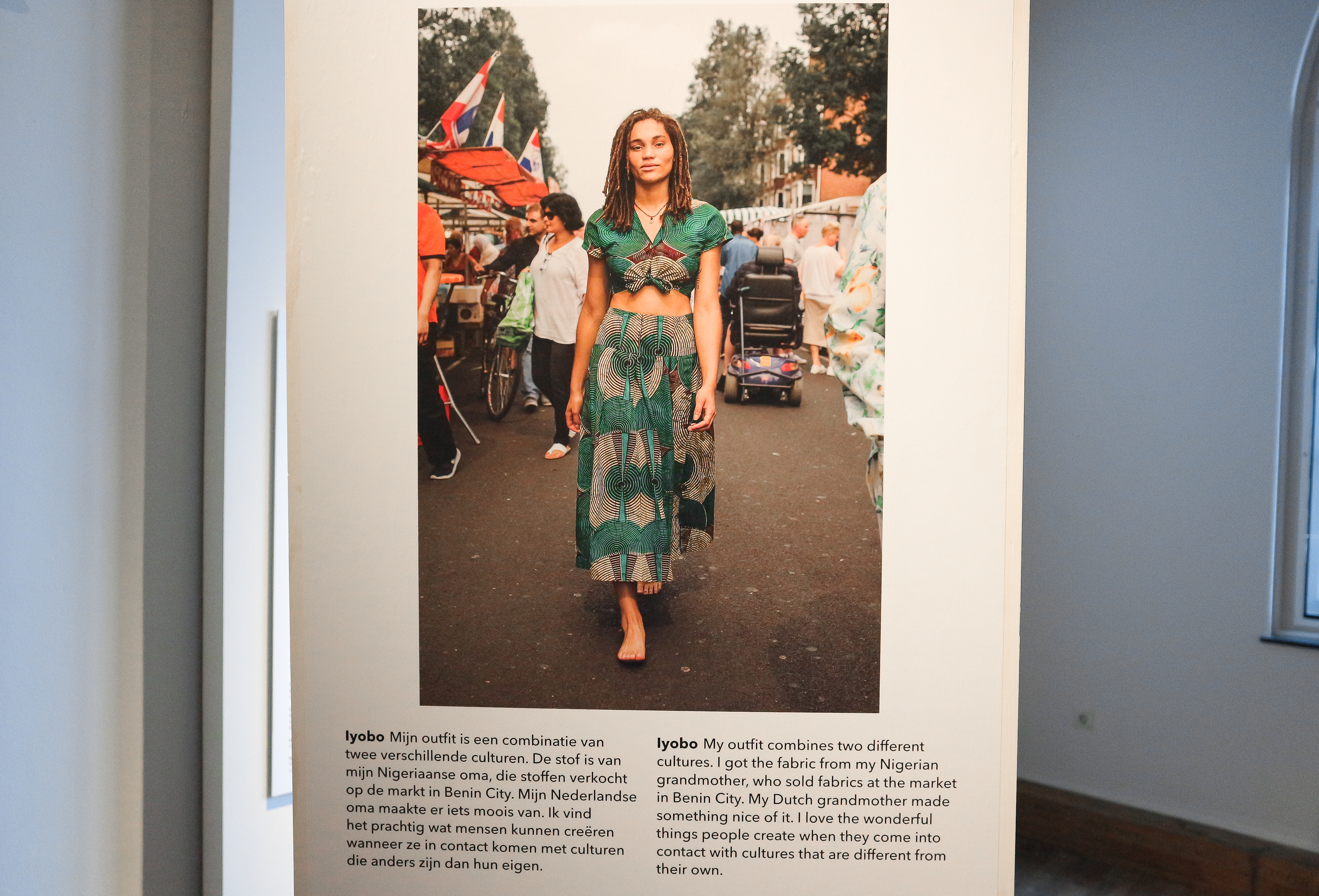
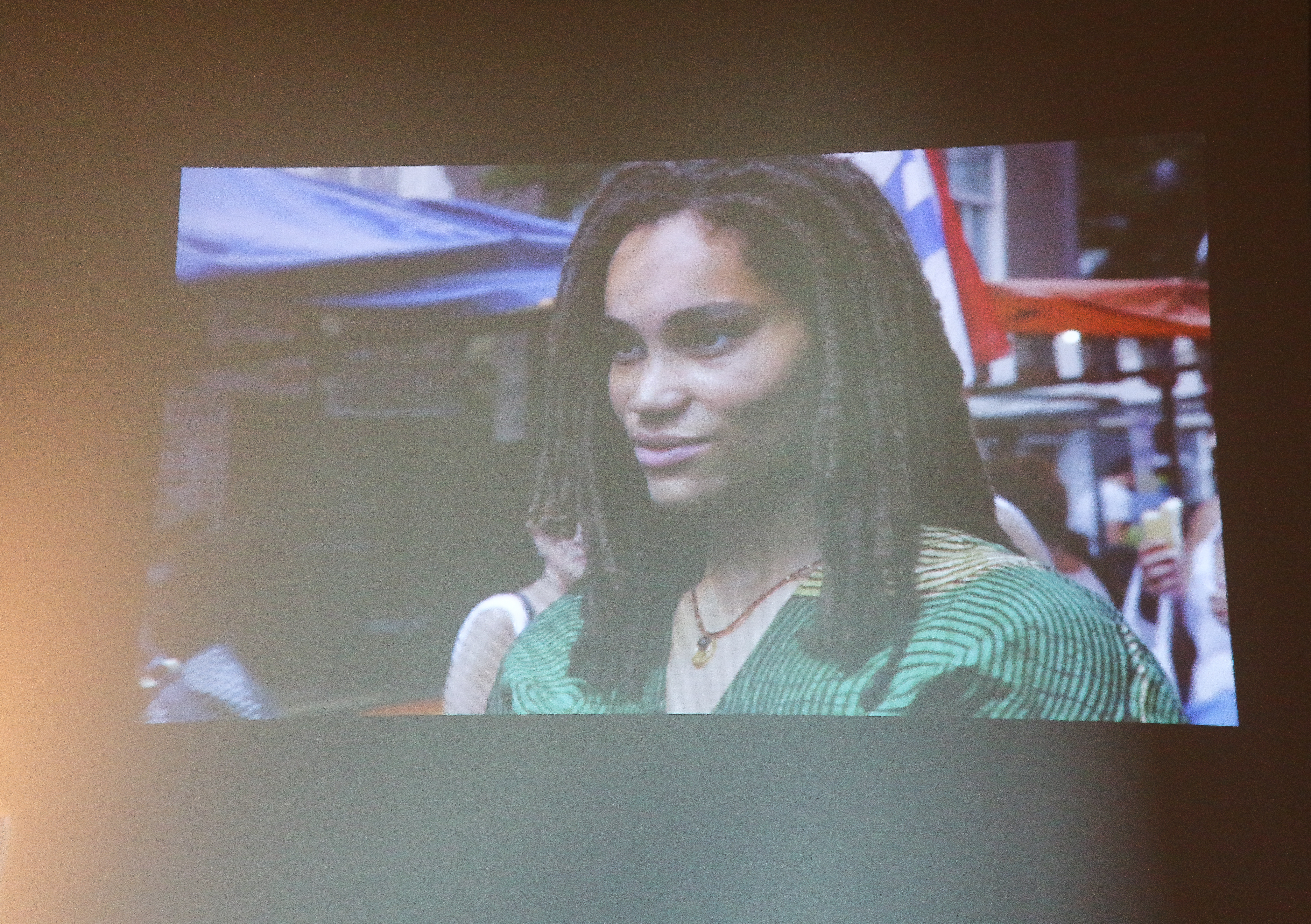

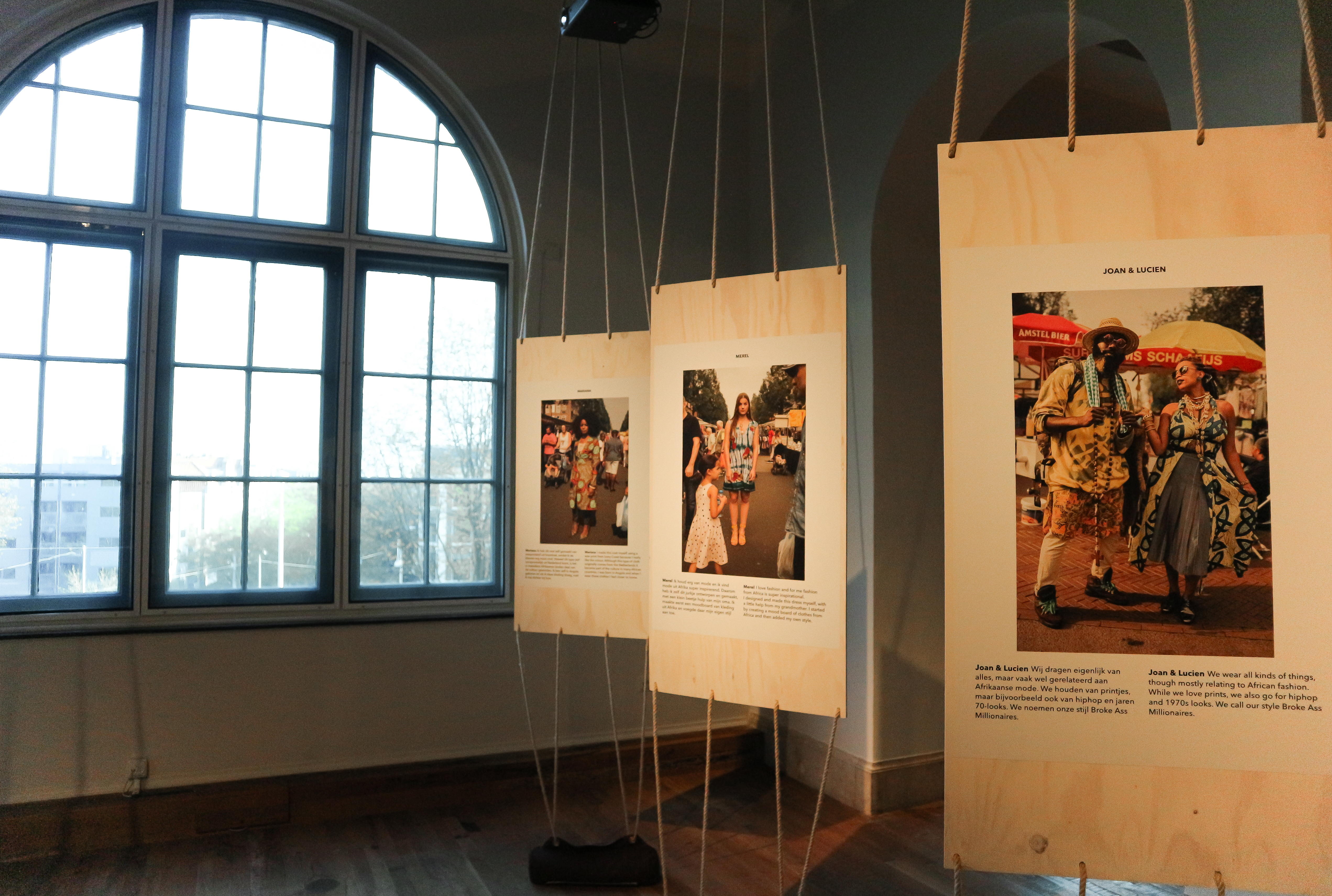
Overall, Fashion Cities Africa, is an opportunity for anyone interested to get a first glimpse on the diverse, colourful and multicultural world of African fashion. With a variety of outfits, styles and stories to explore, this is a must see exhibition if your way leads to Amsterdam. Through the eyes of fashion experts from Casablanca, Johannesburg, Lagos, Nairobi and the Netherlands, you are invited to discover the lively and diverse fashion scenes that shake up the world of fashion.
Text and Images by Constantine Dranganas
Instagram: anothermillenian
Publication: https://www.amazon.com/Fashion-Cities-Africa-Street-Style/dp/178320611X
Exhibition Concept: Royal Pavilion and Museums, Brighton and Hove.
Researcher: Eva Harmsen, Tropenmuseum.
Exhibition Design: NLE Works, Kunle Adeyemi.
Promo Video: https://www.youtube.com/watch?v=fYjpgJNhr0w
On view at Tropenmuseum Amsterdam until 07/11/2017.
Images from the Exhibition
